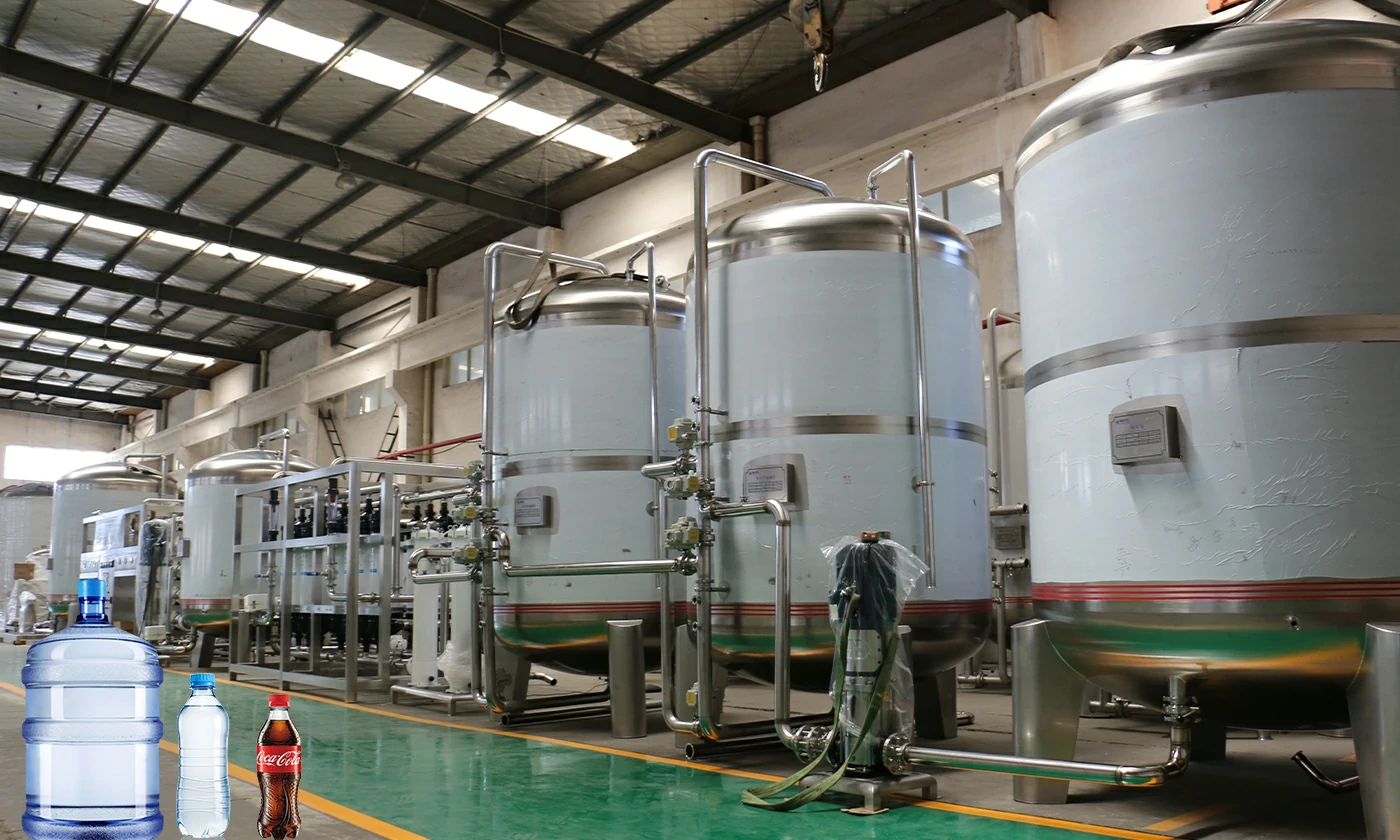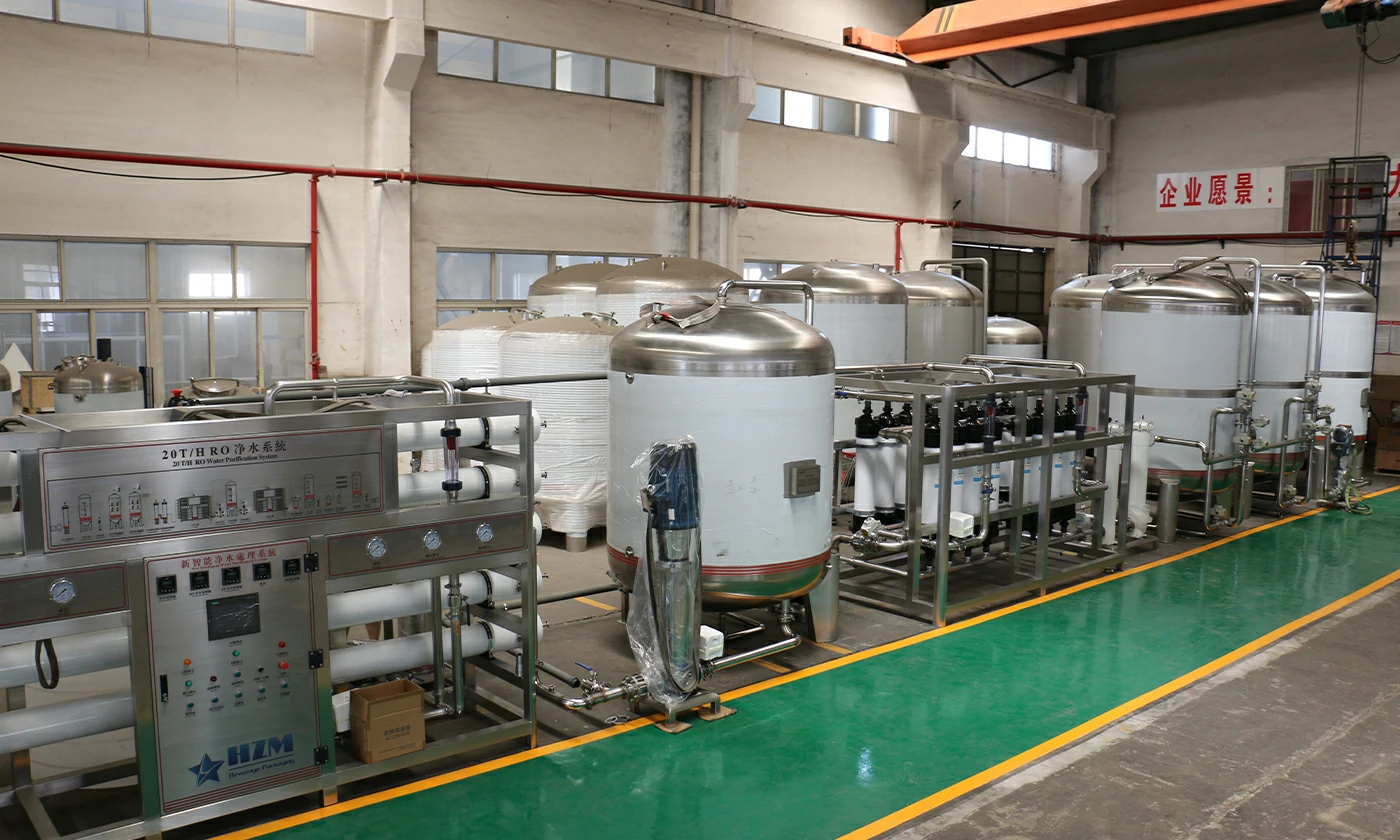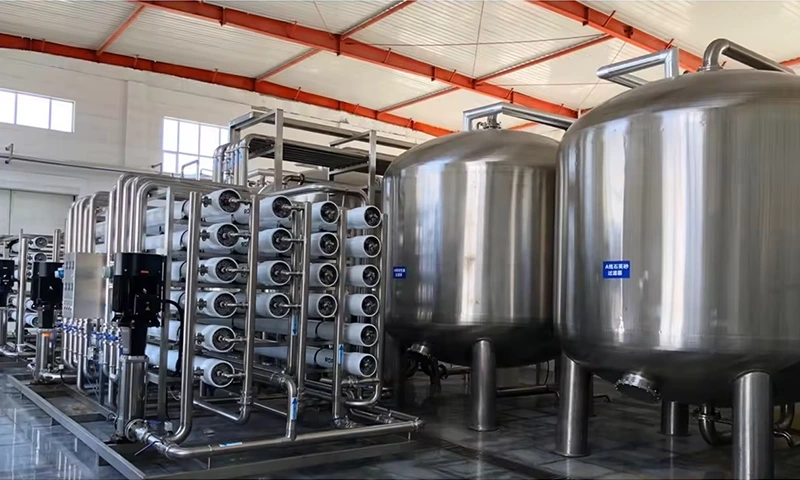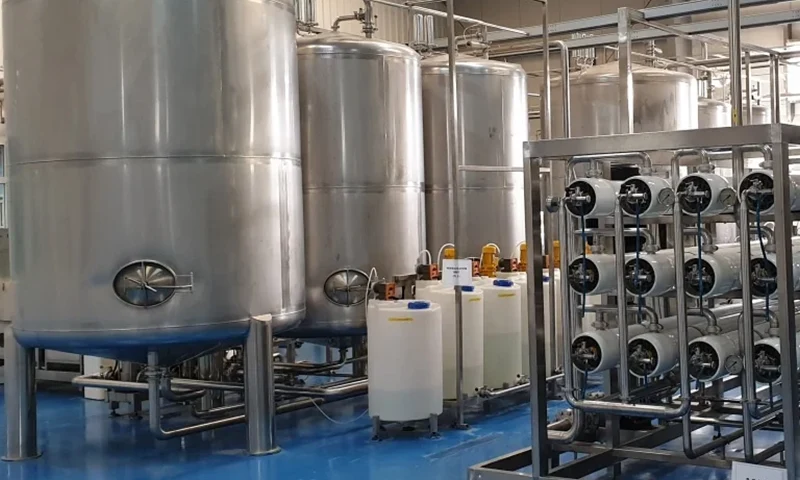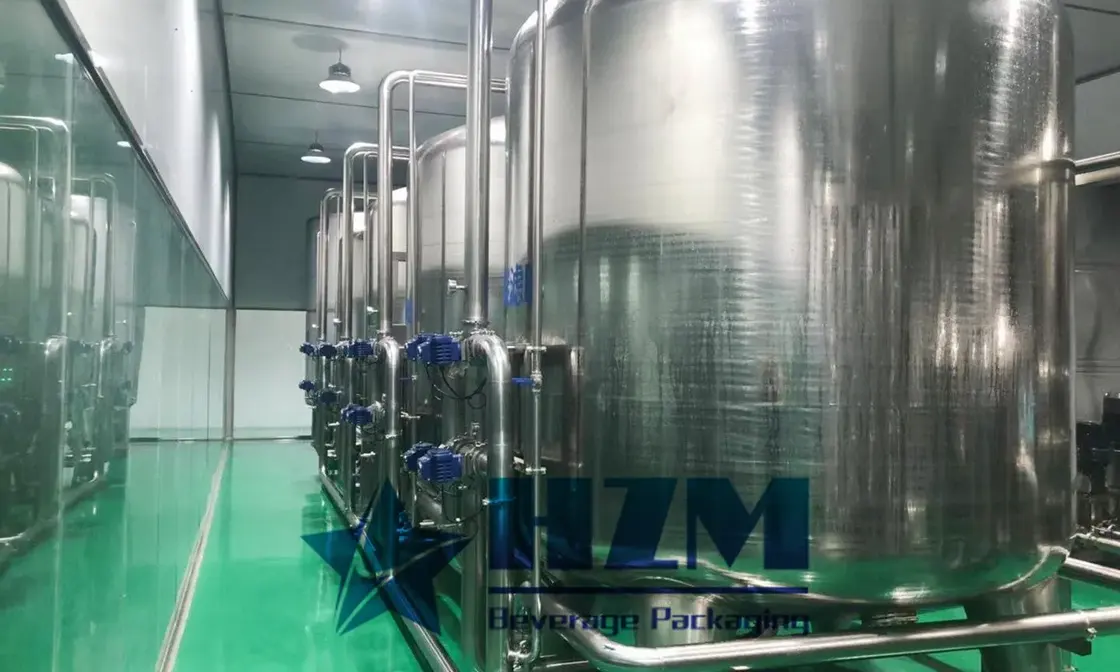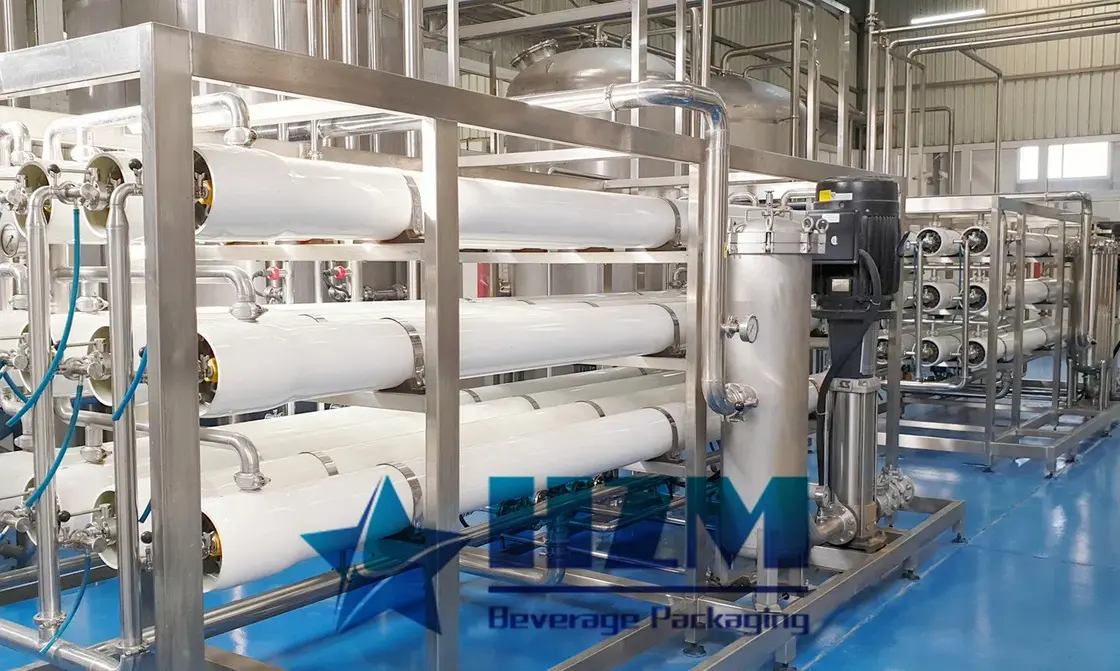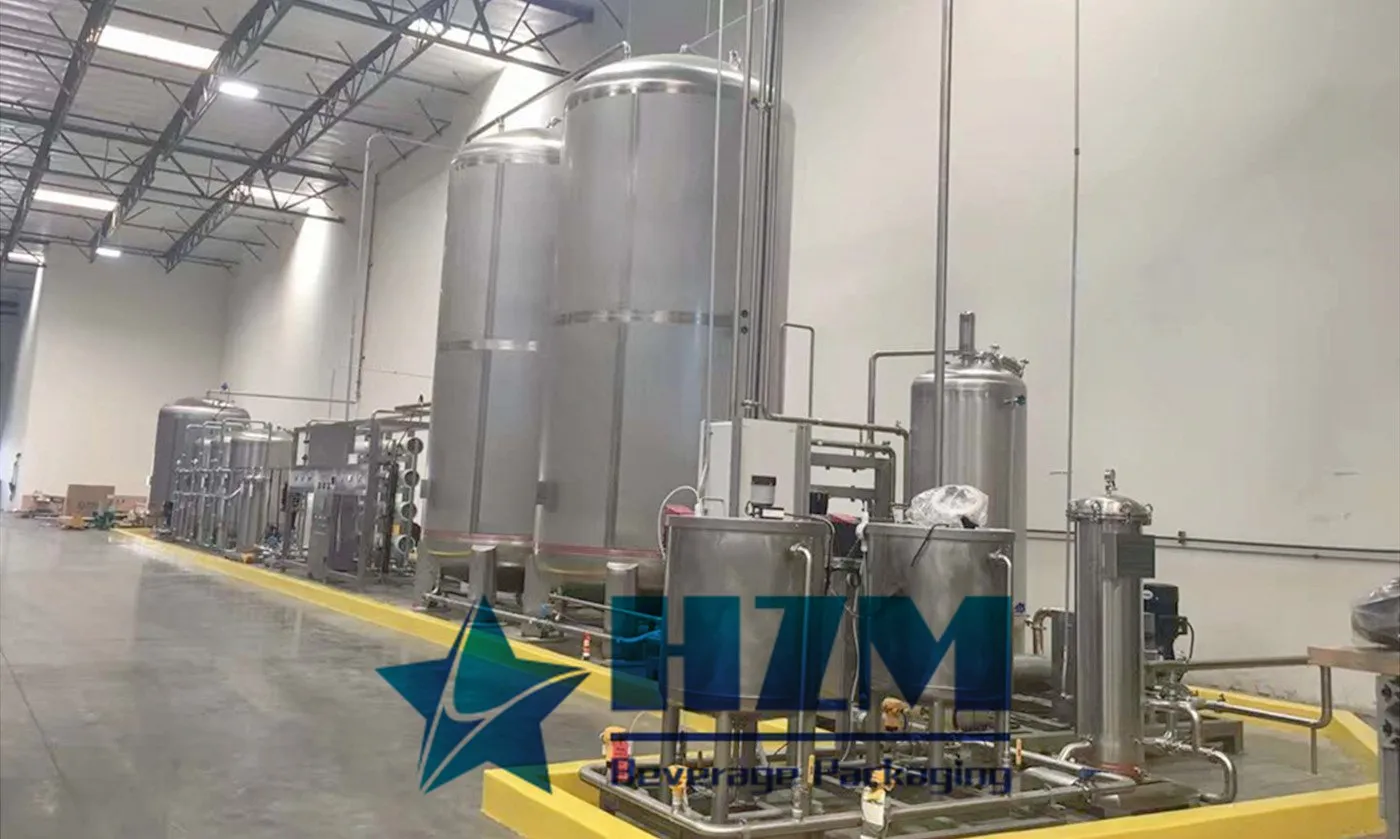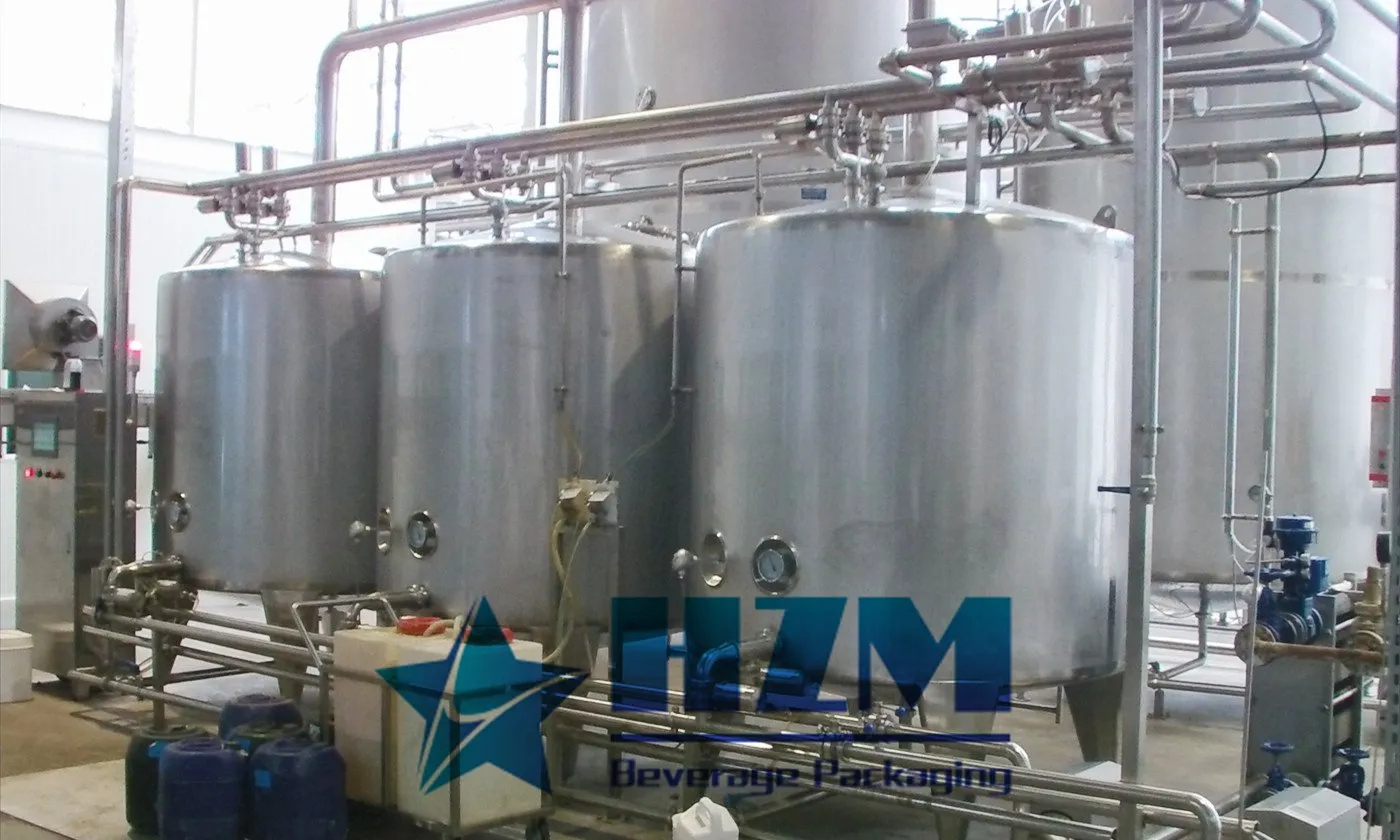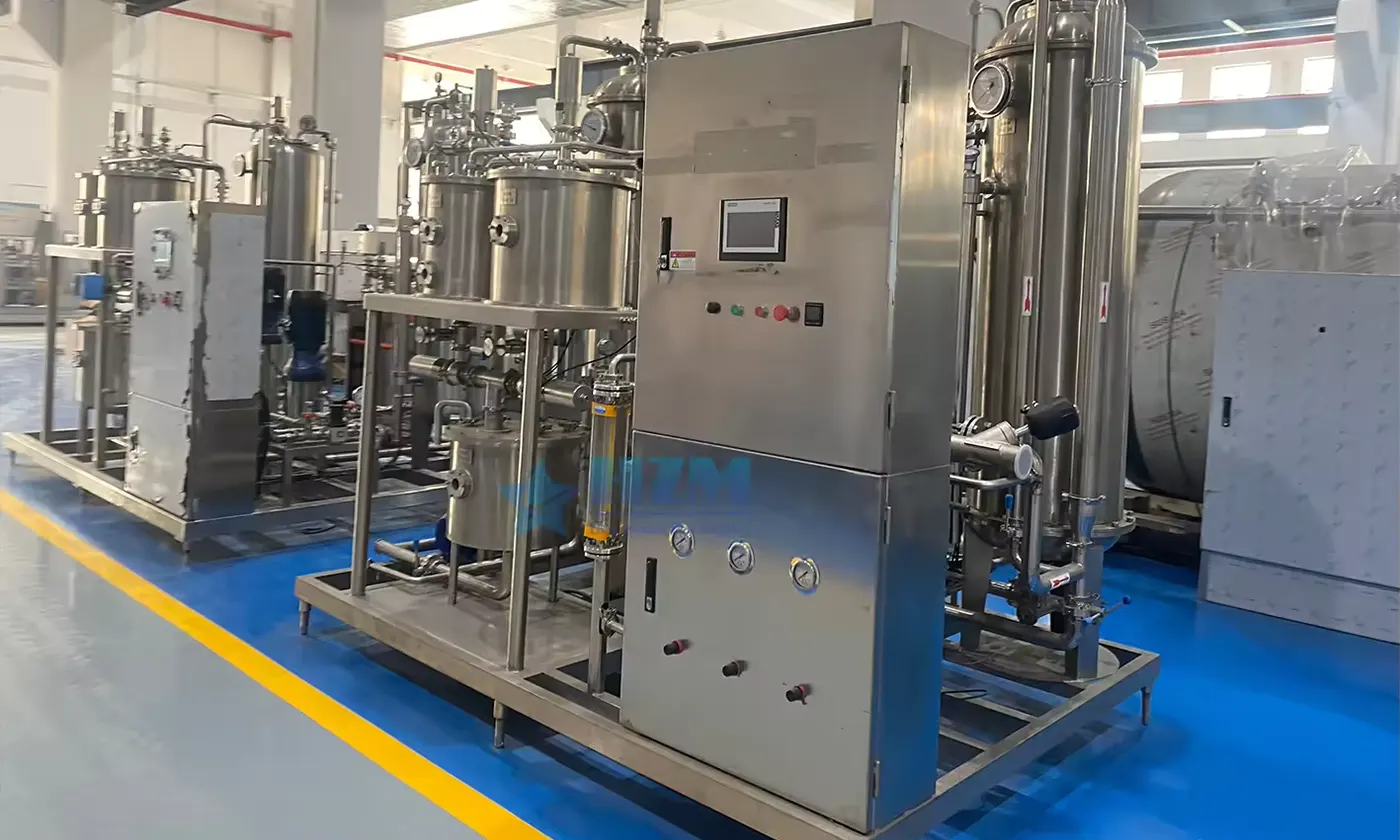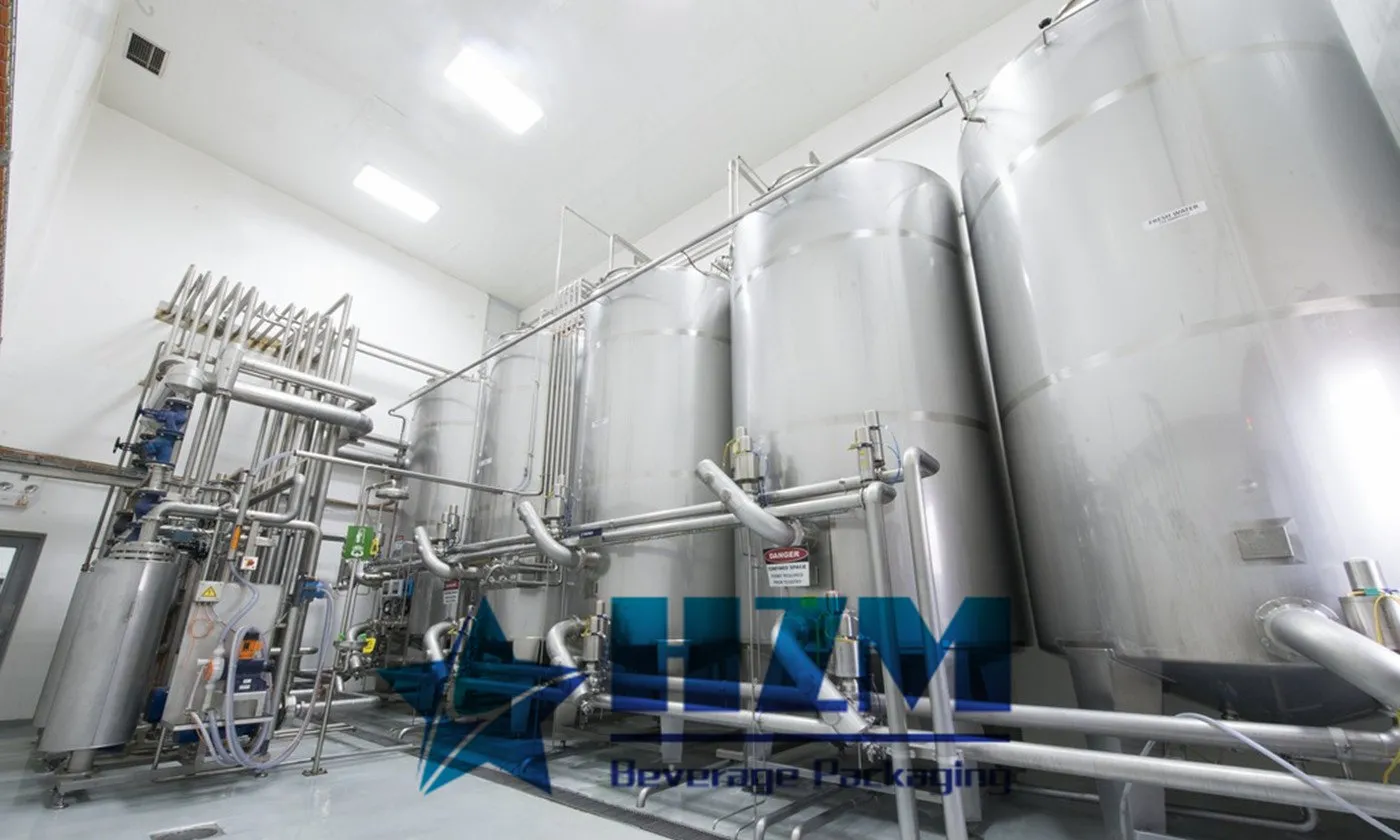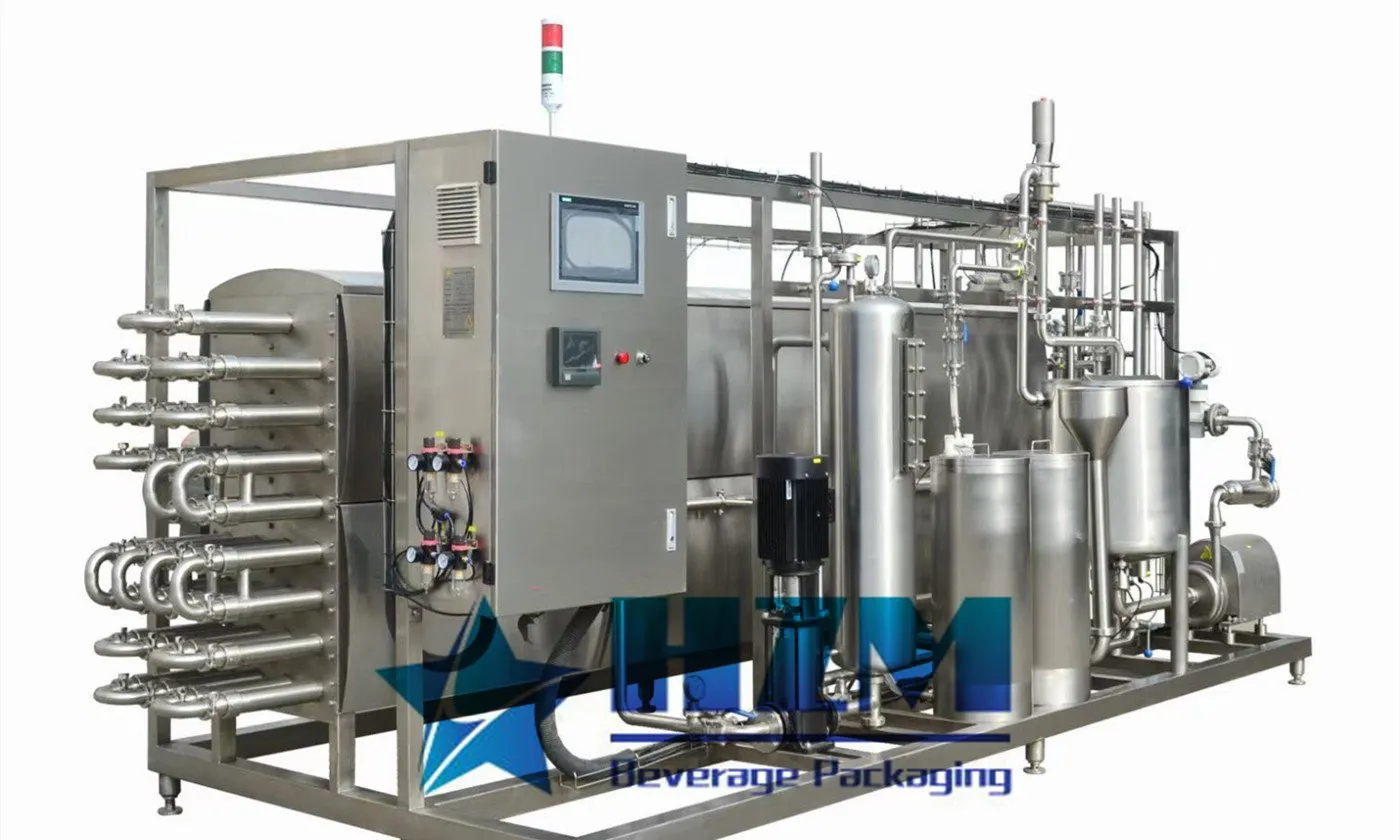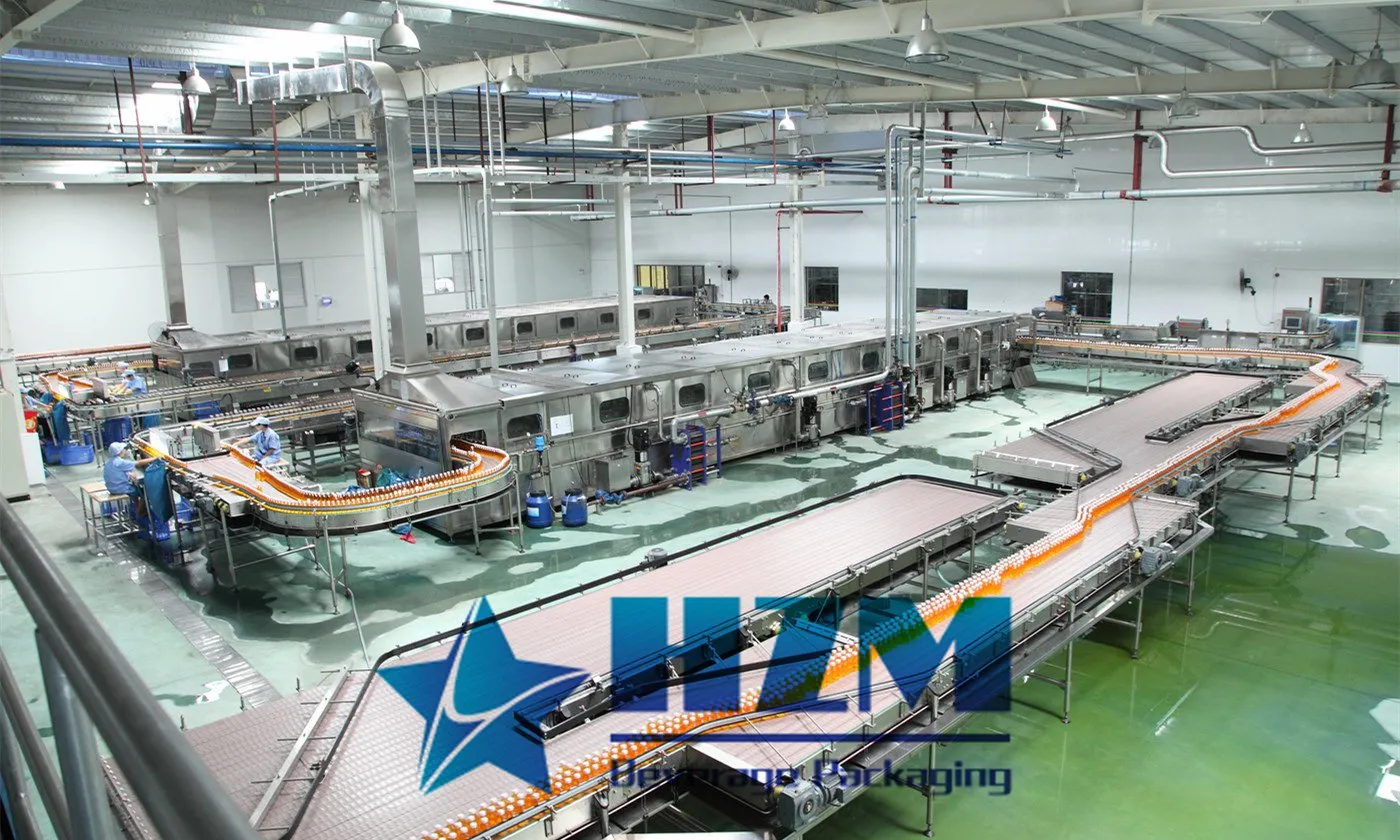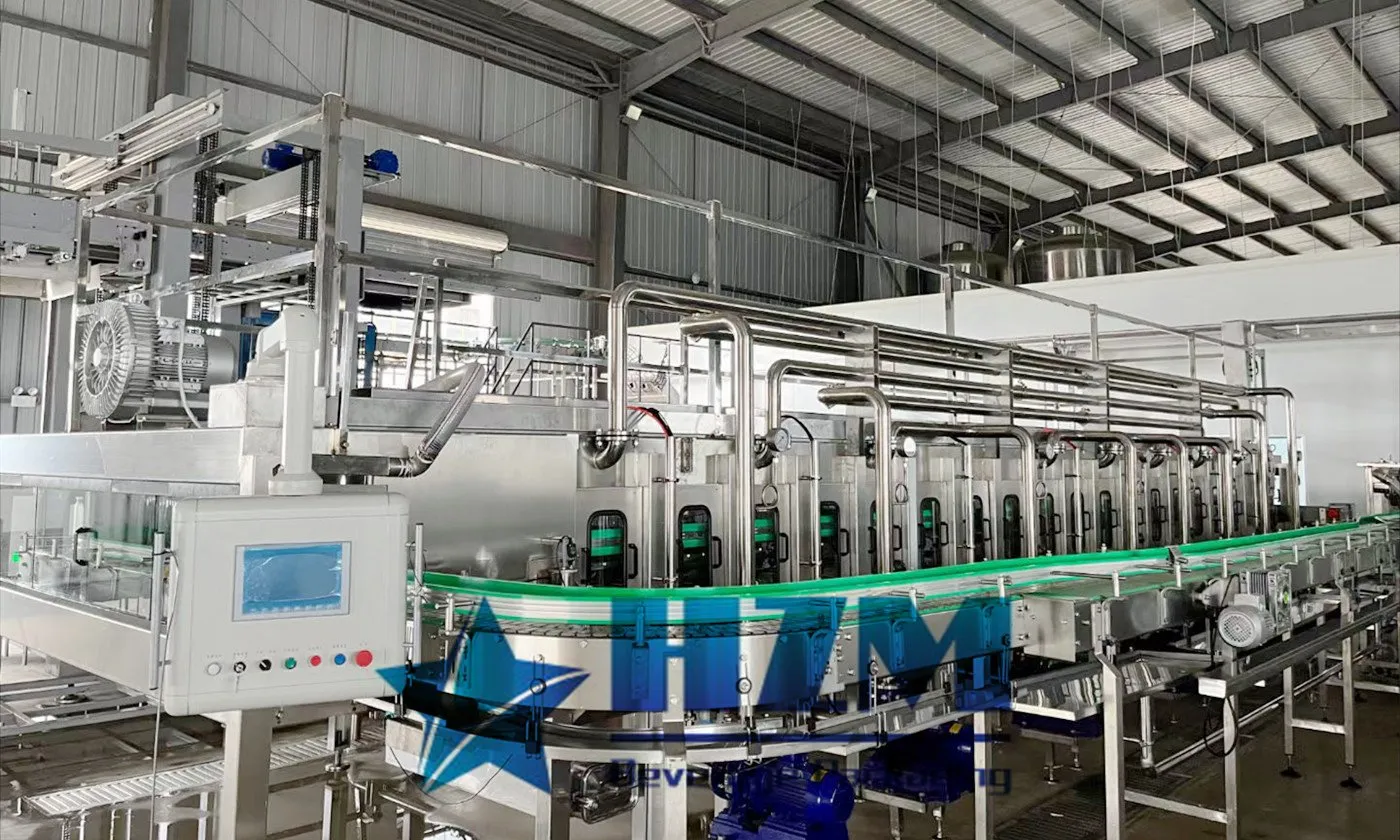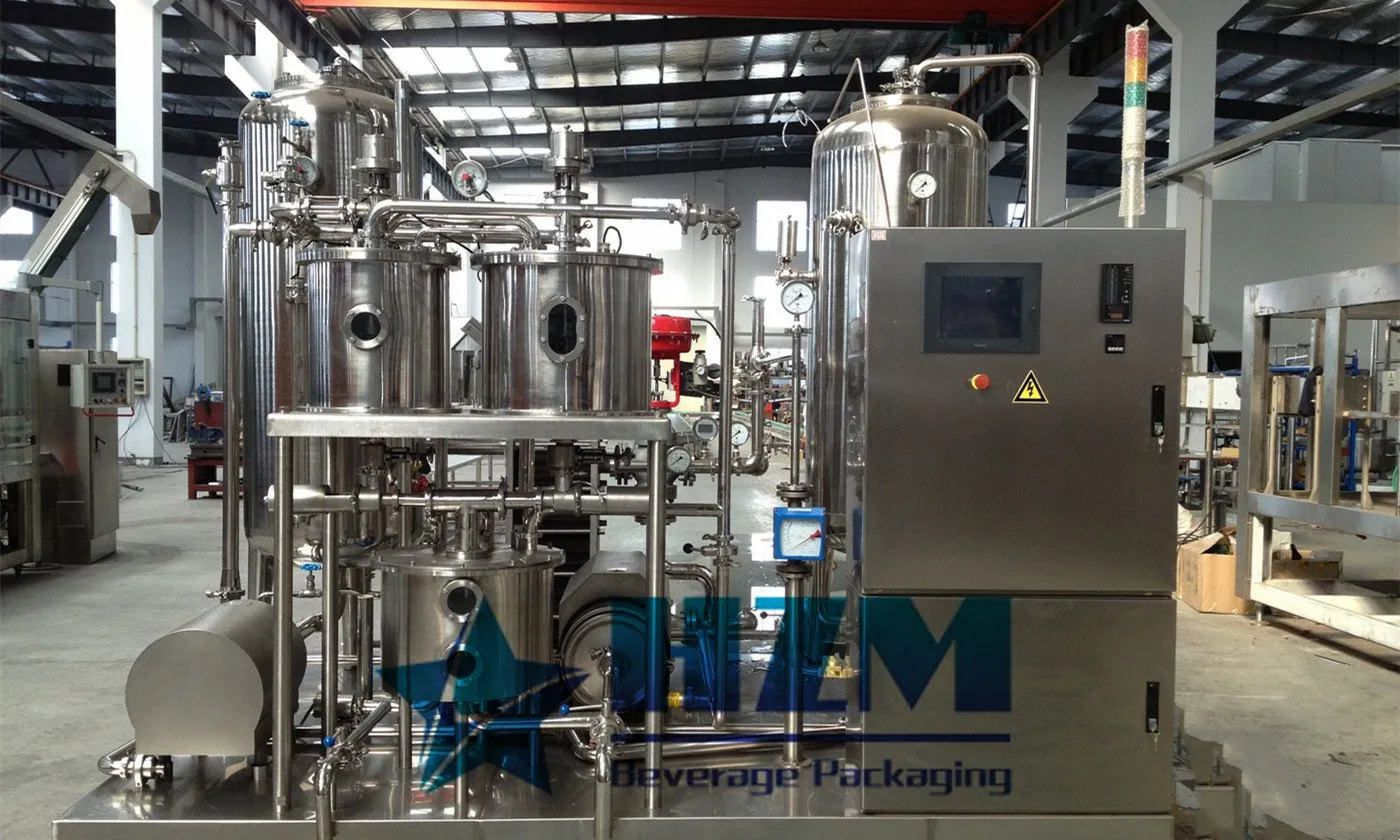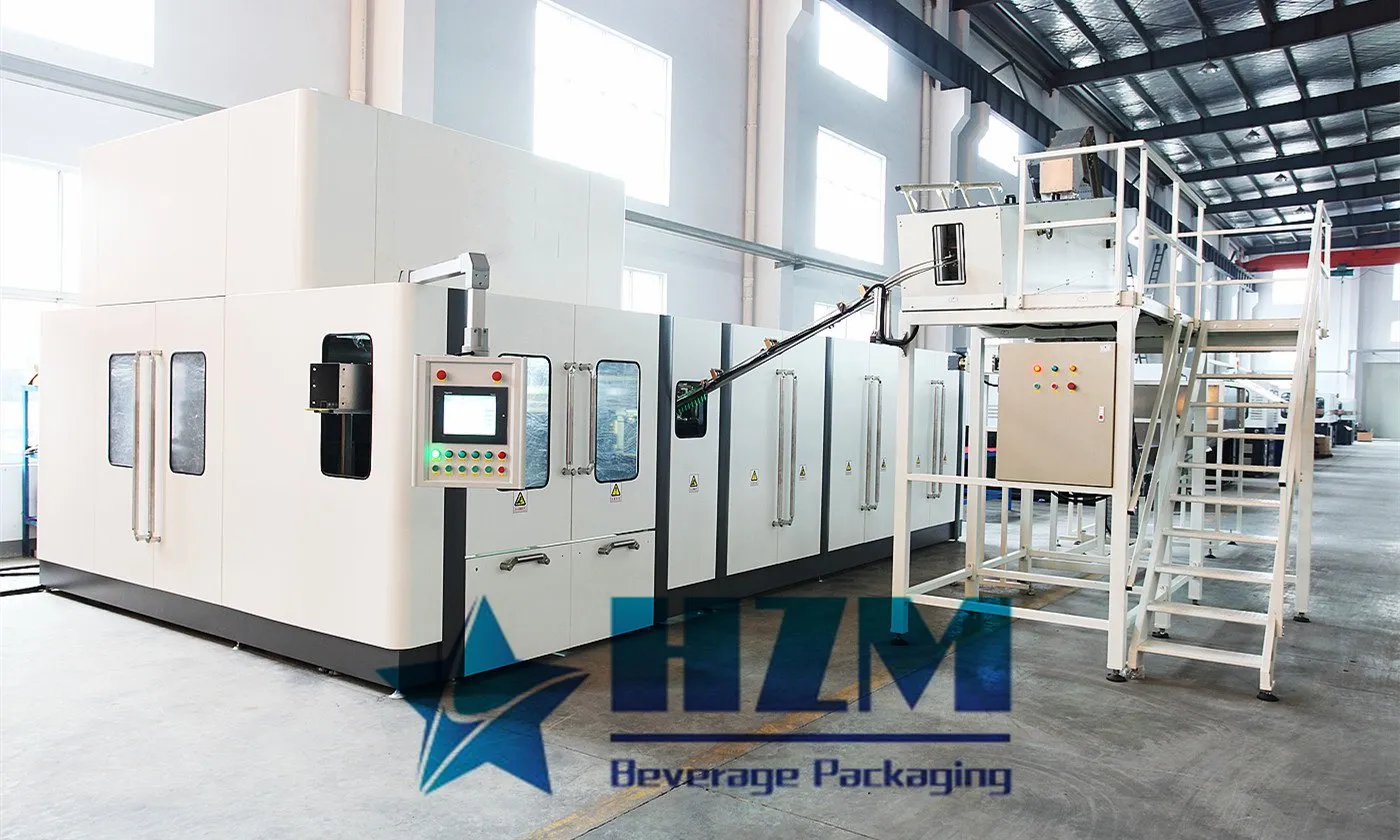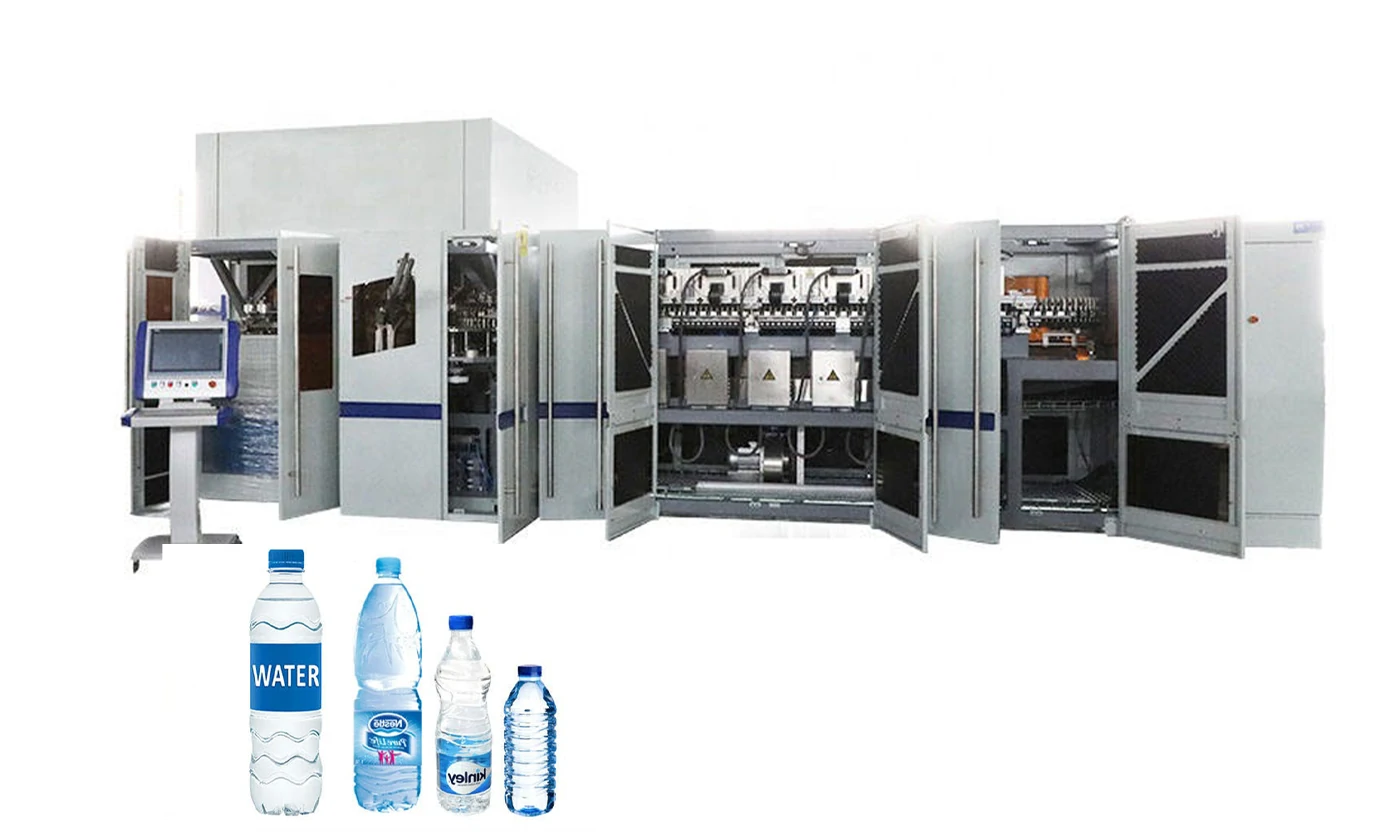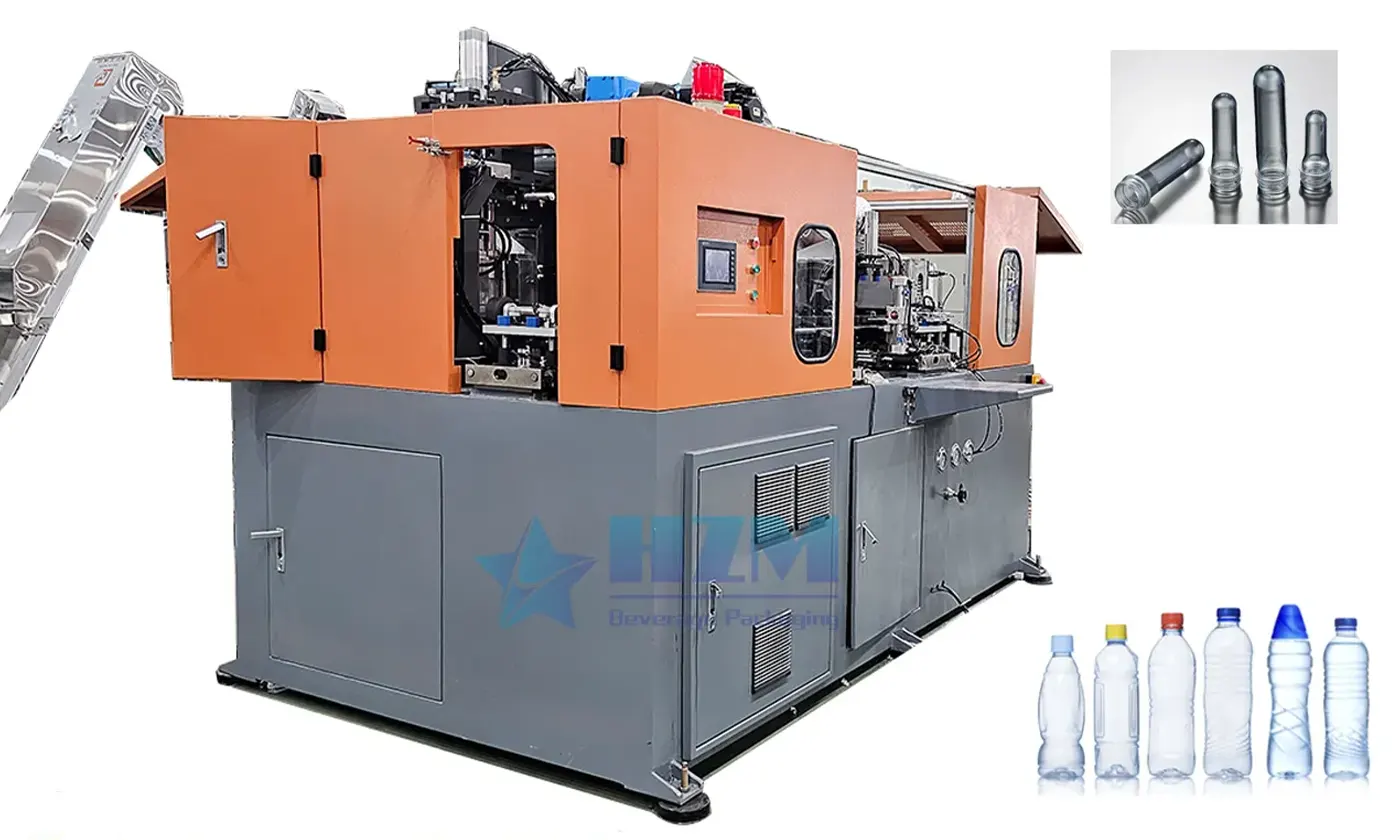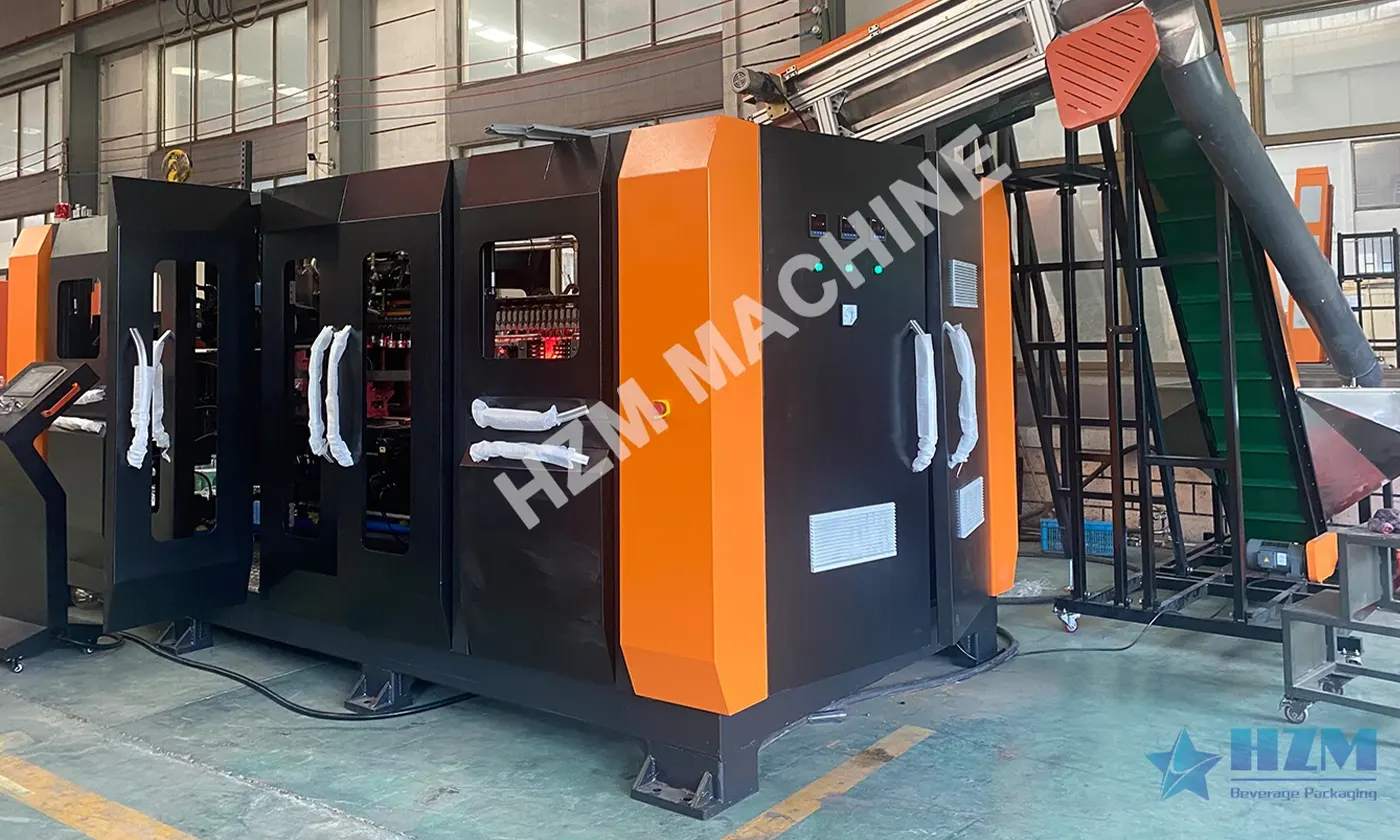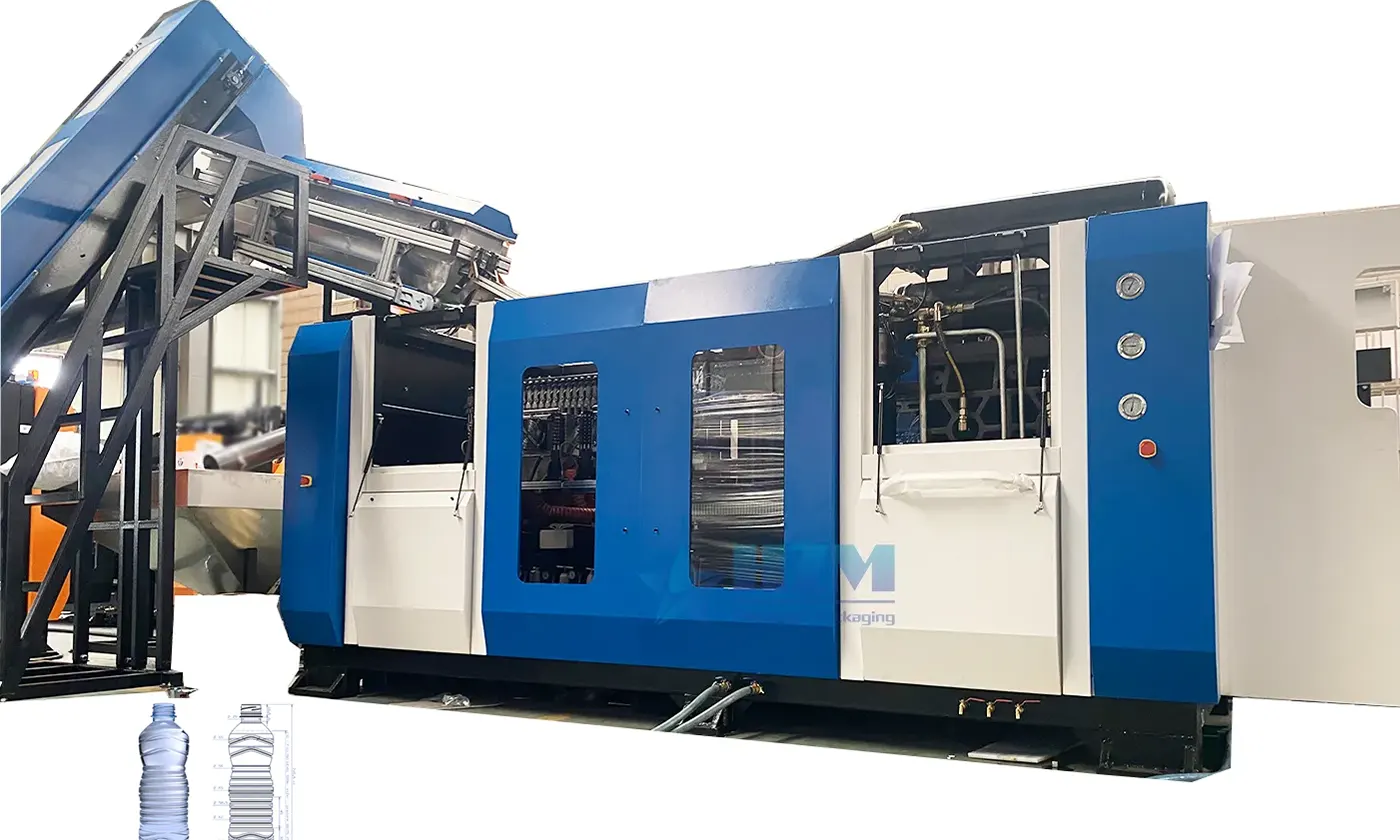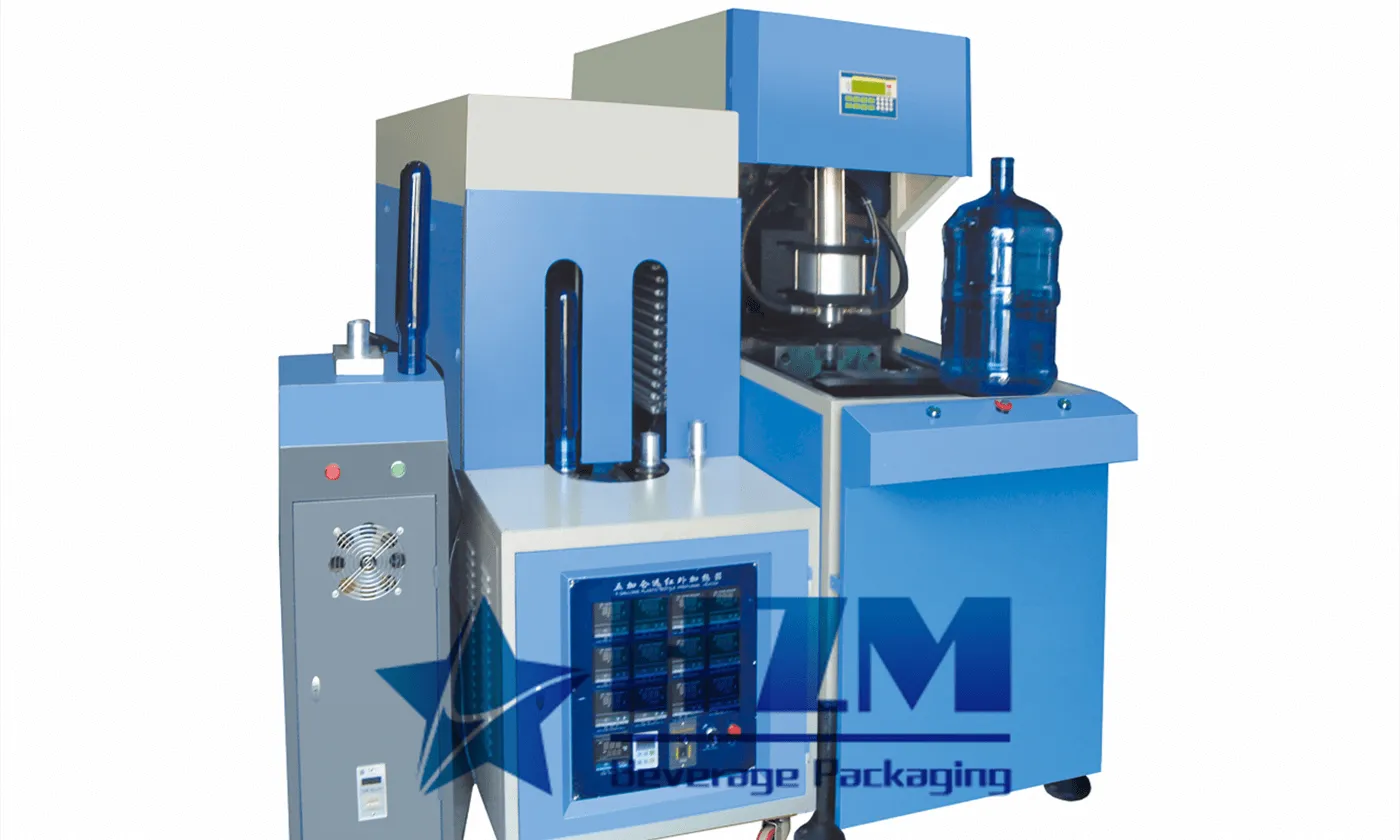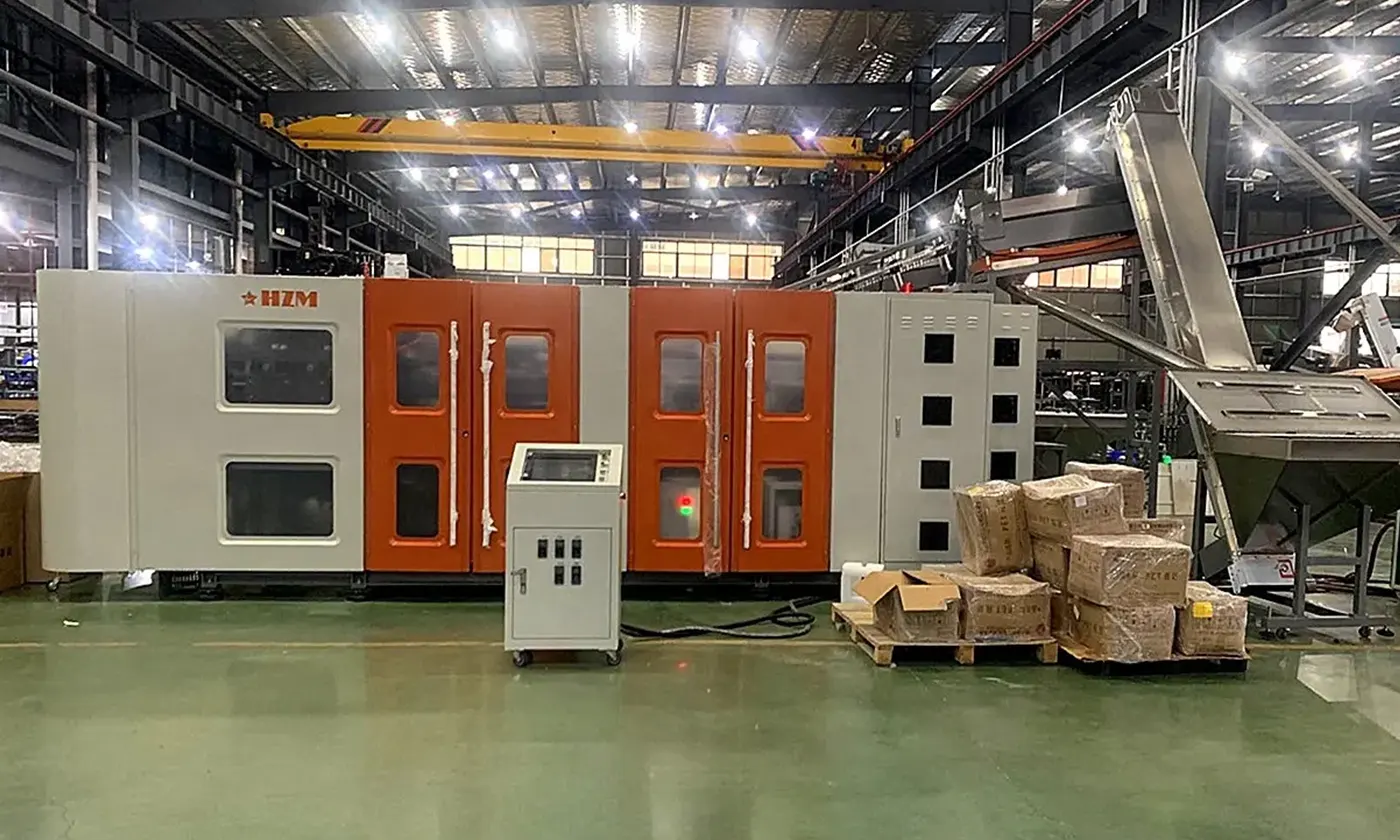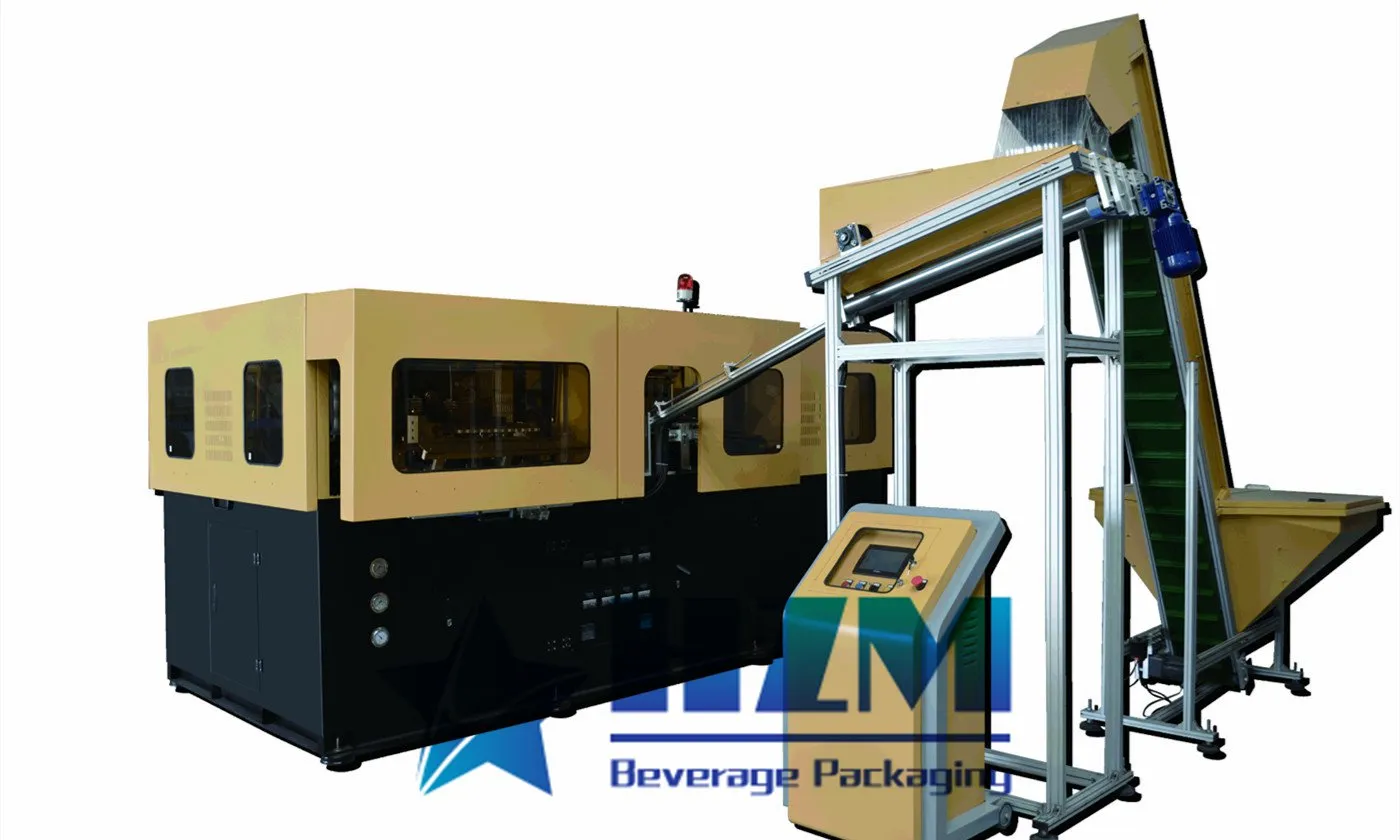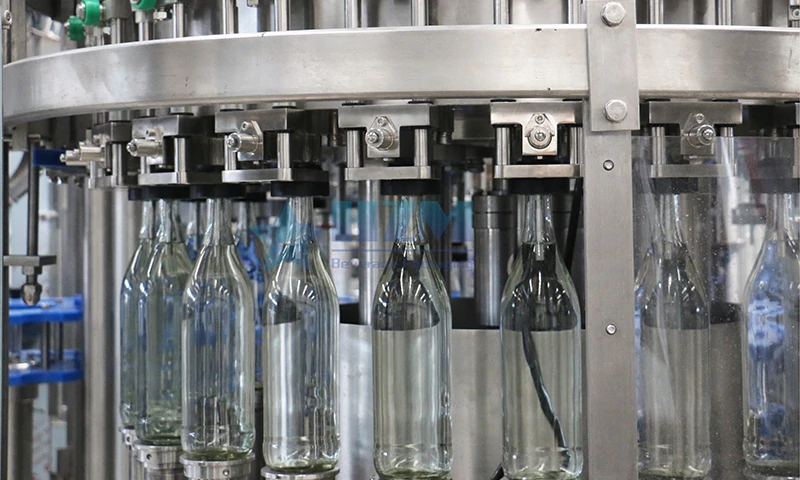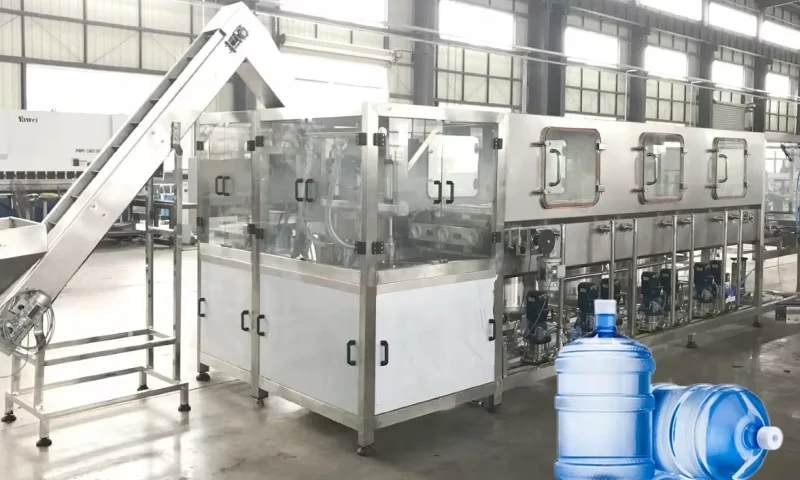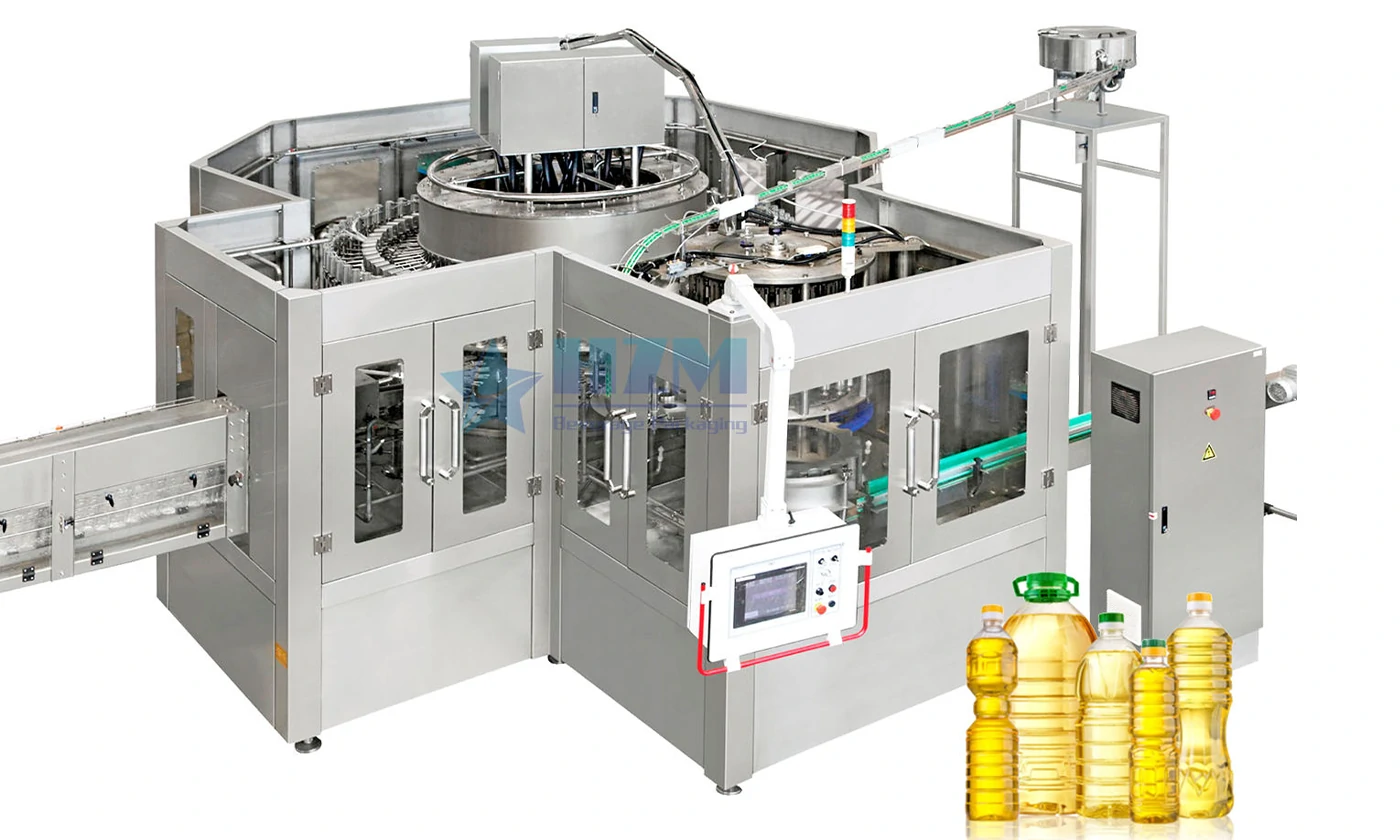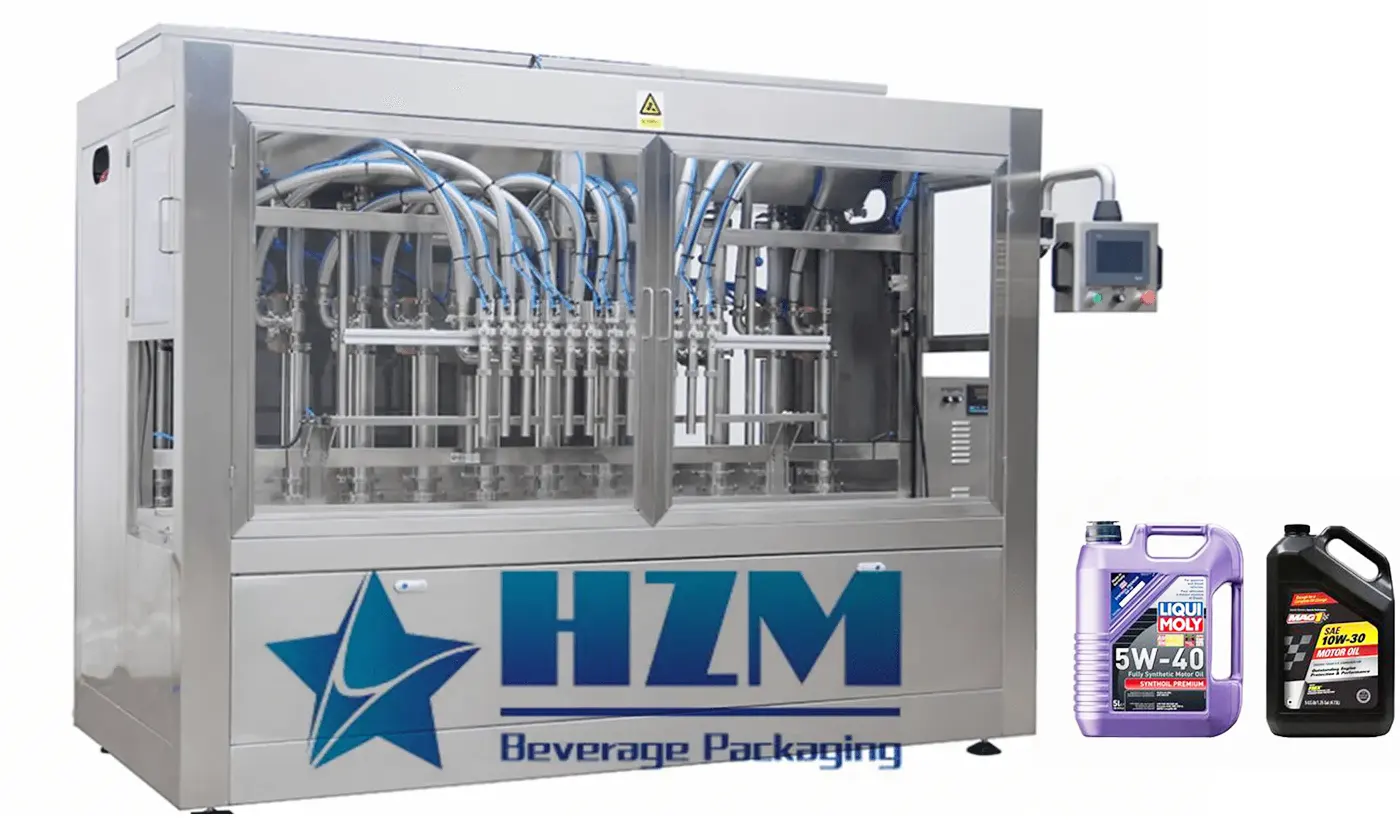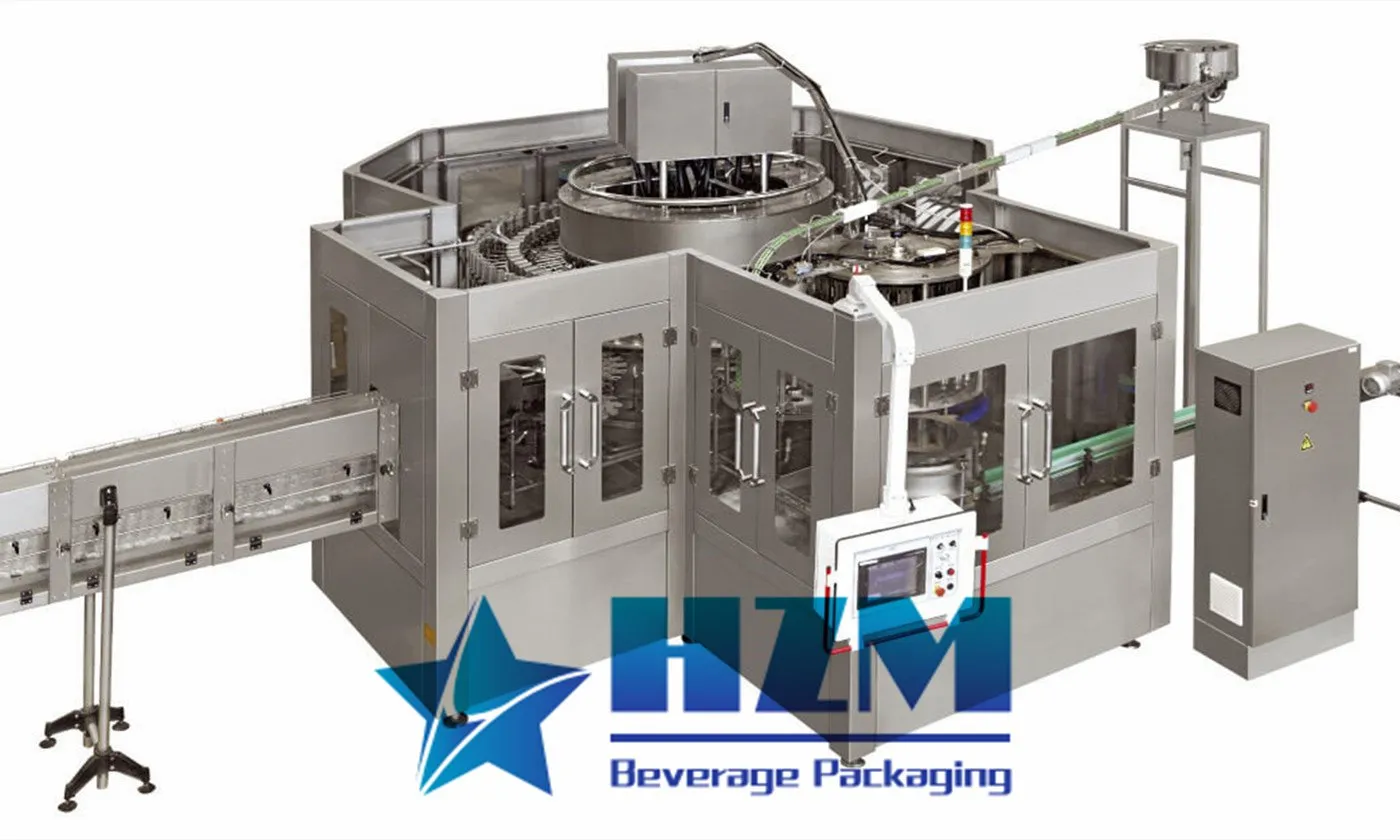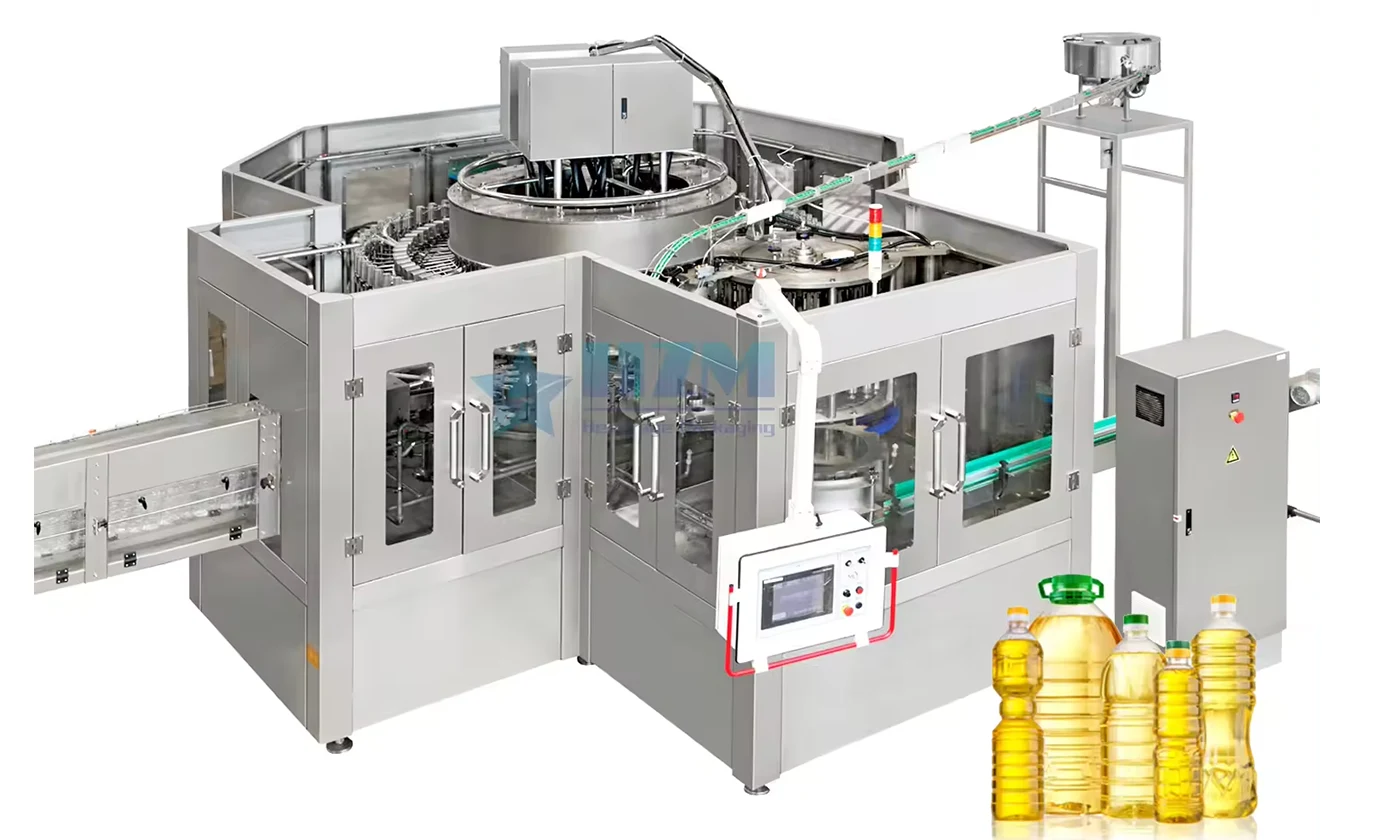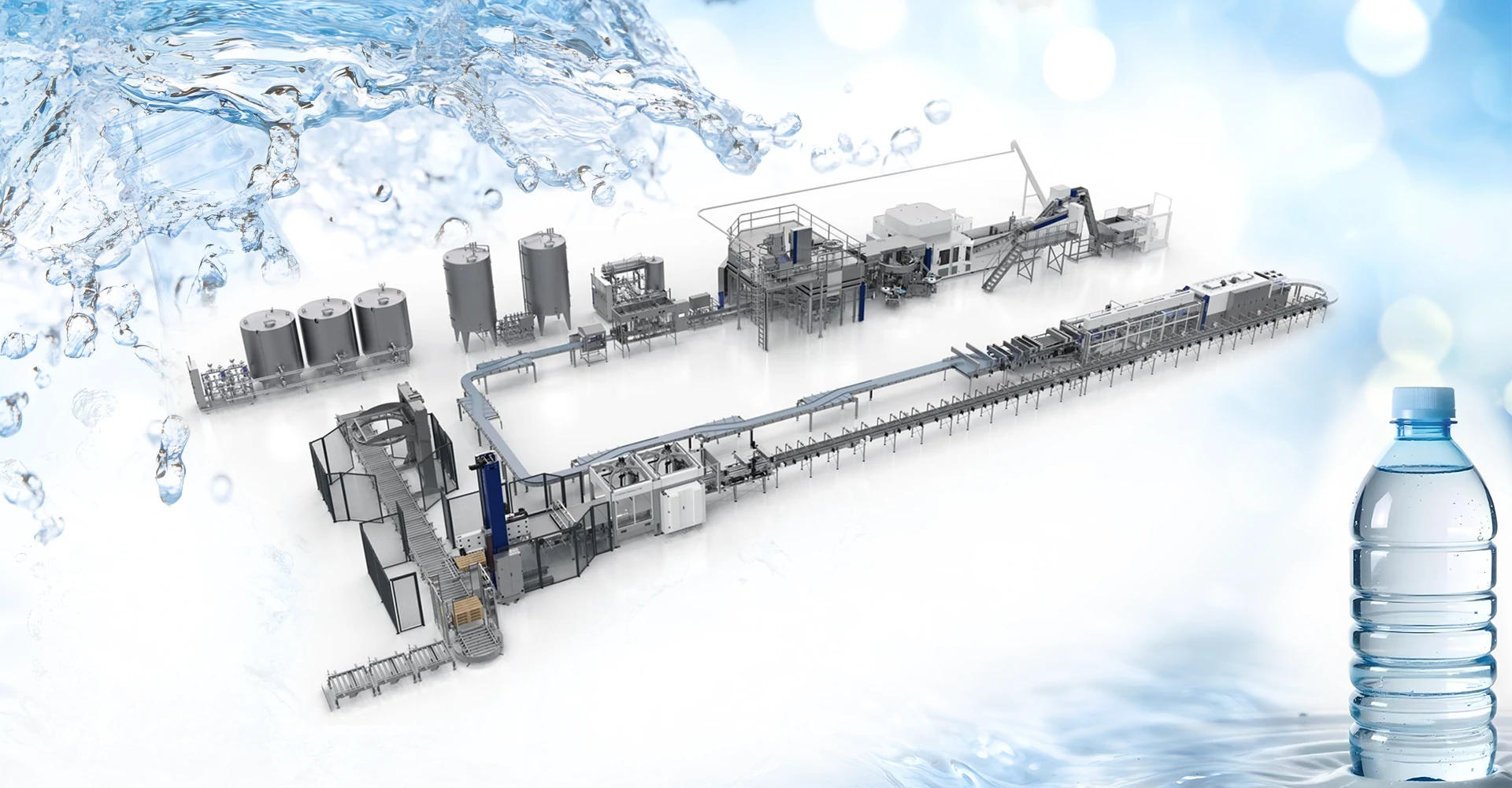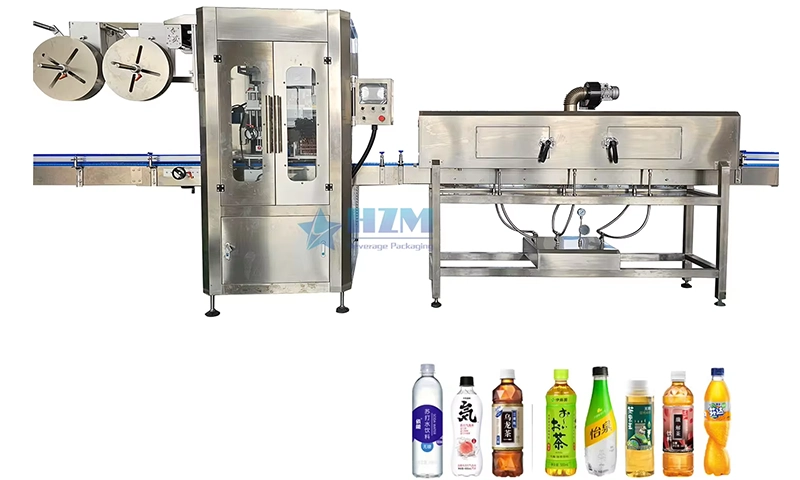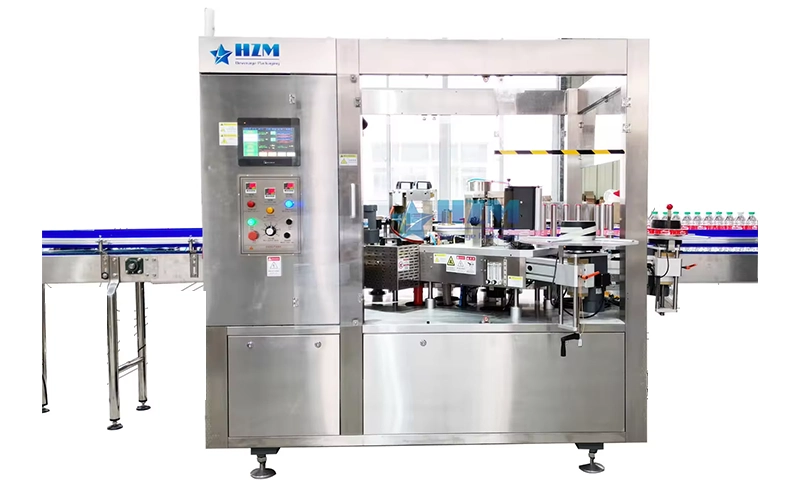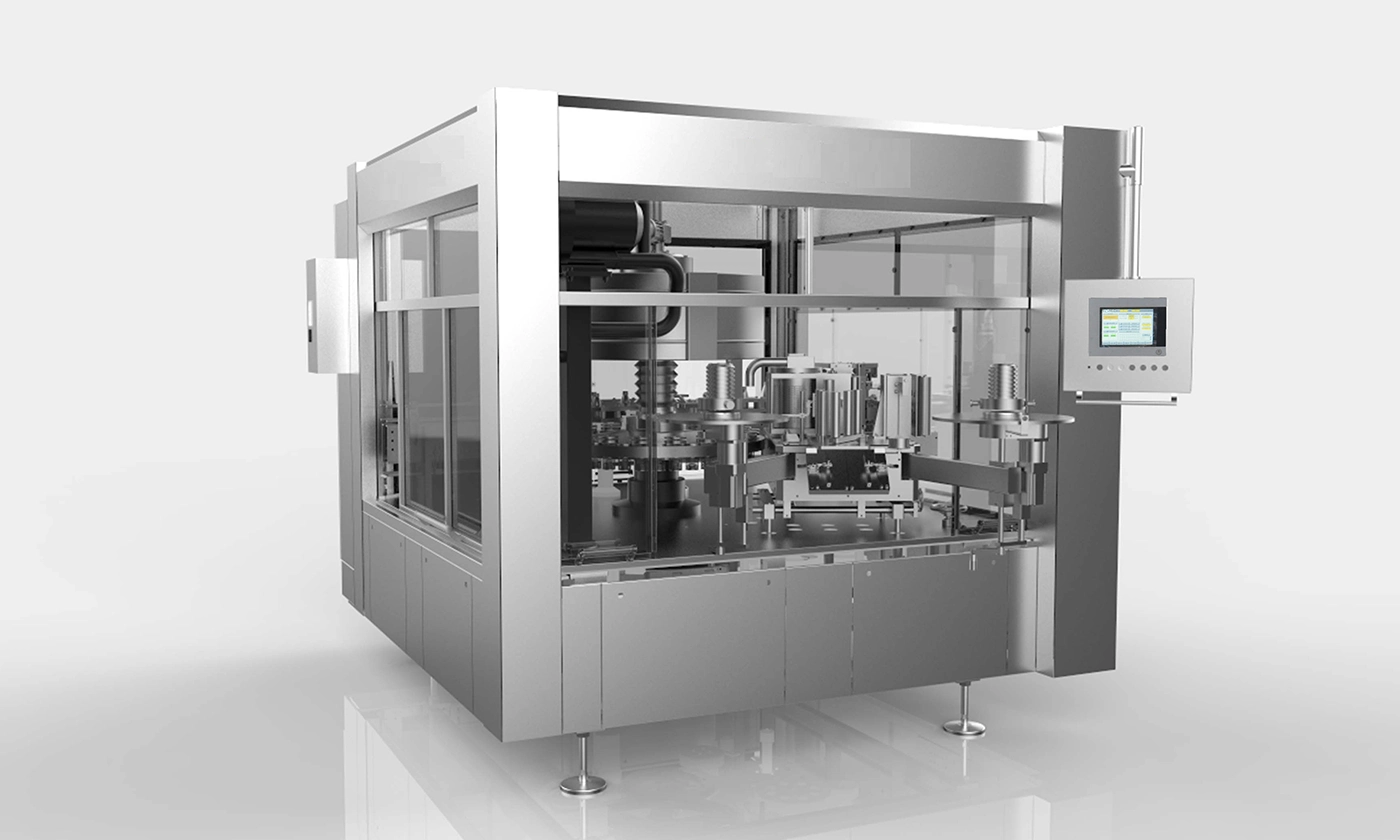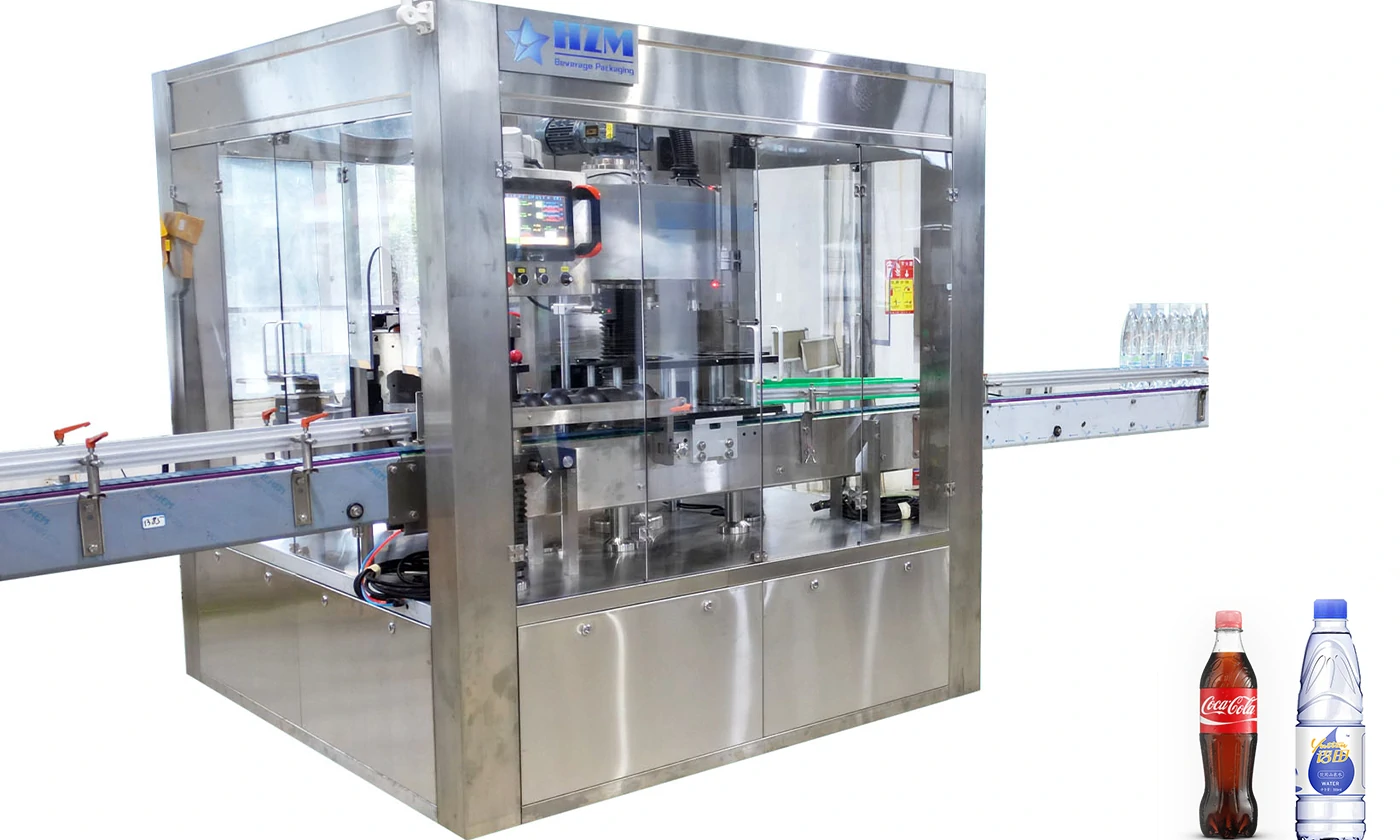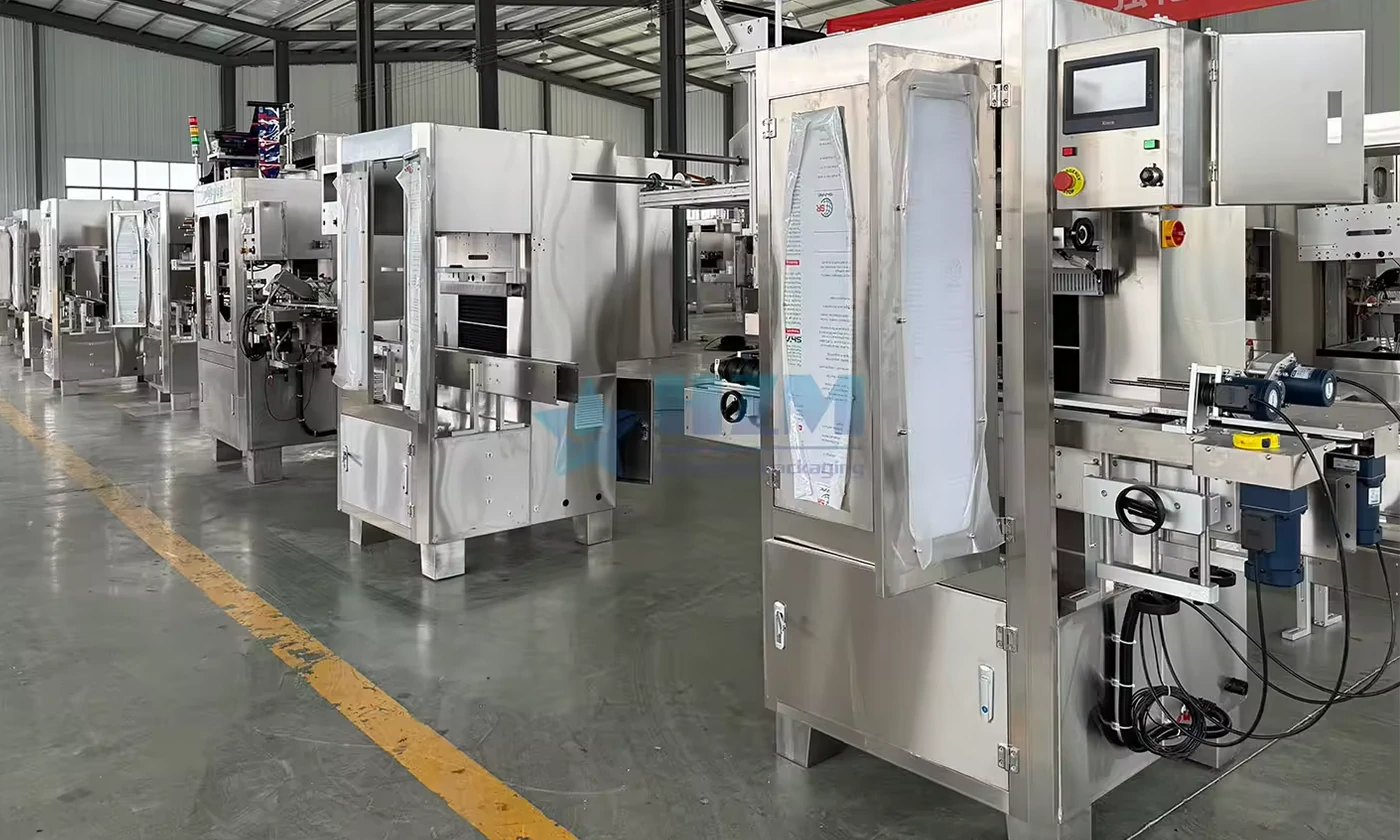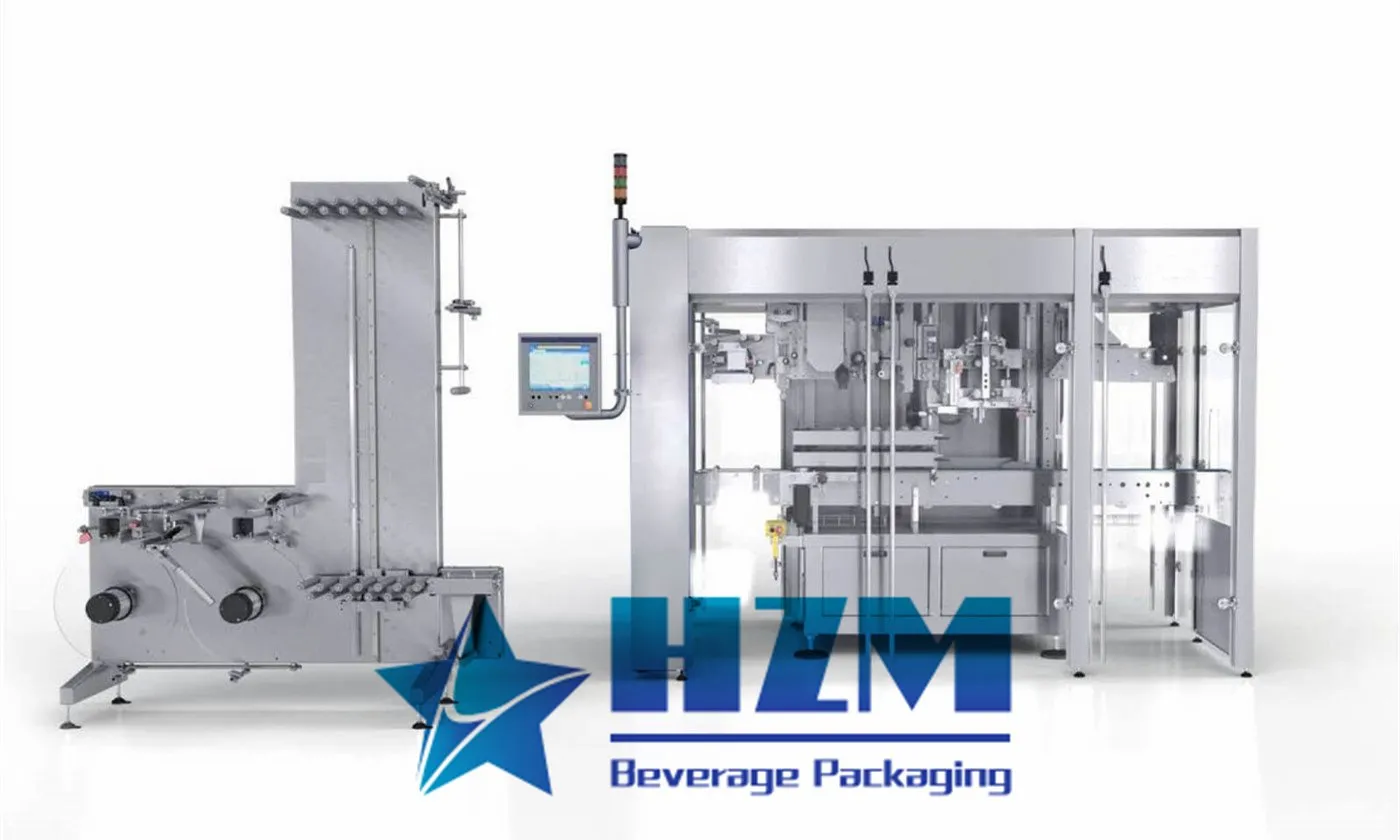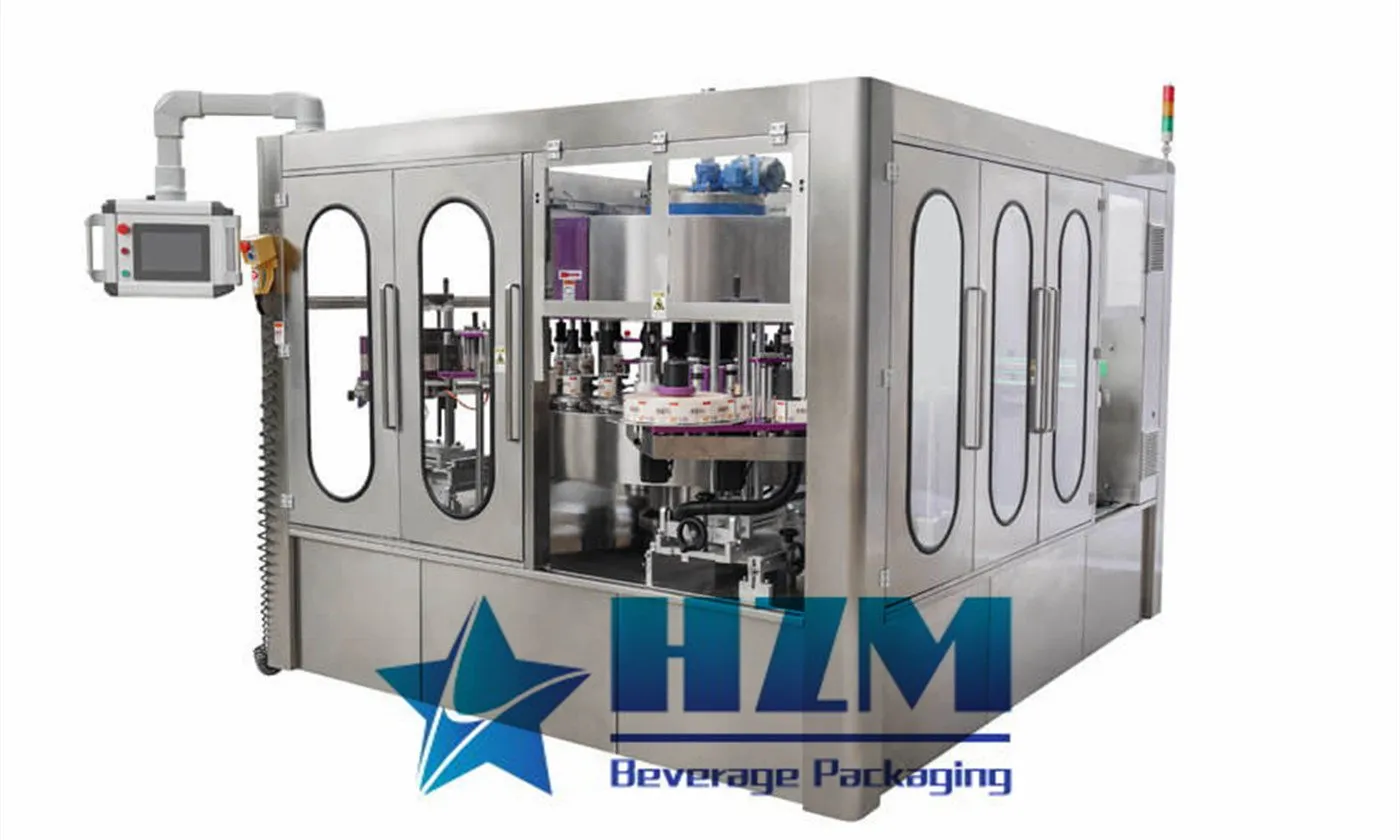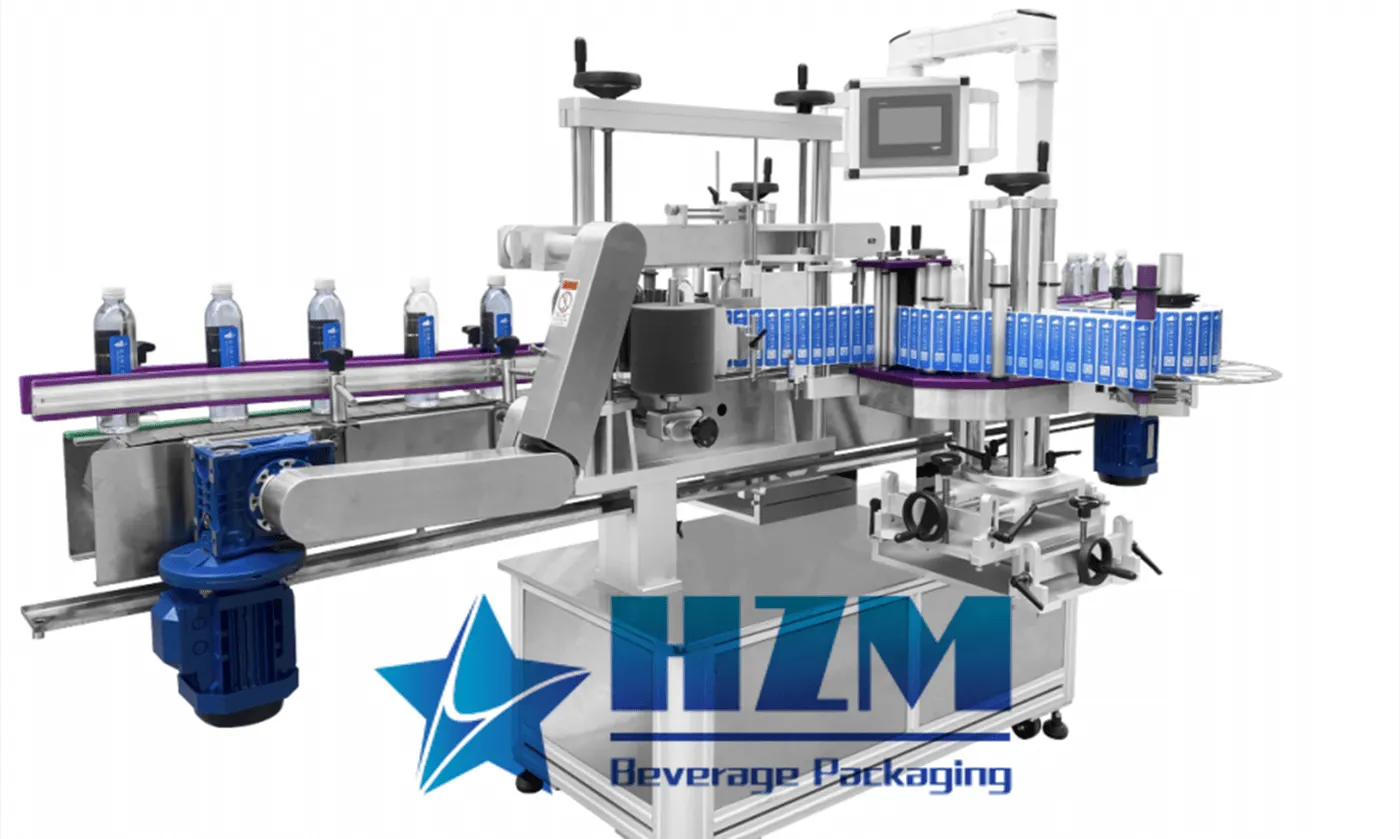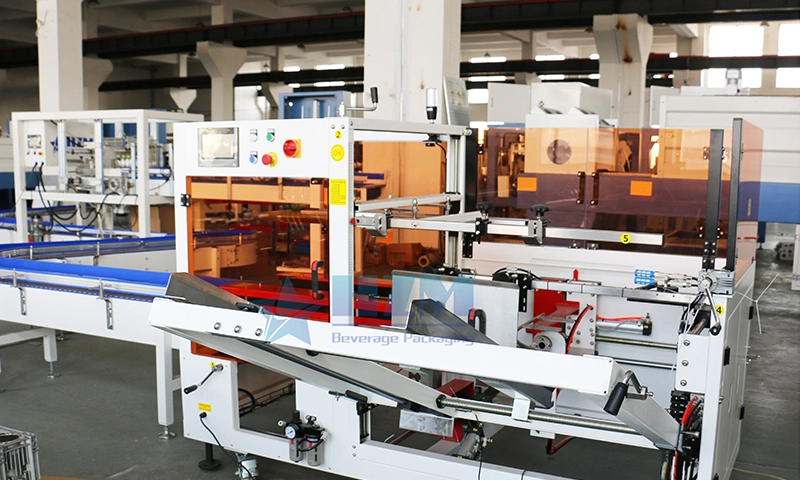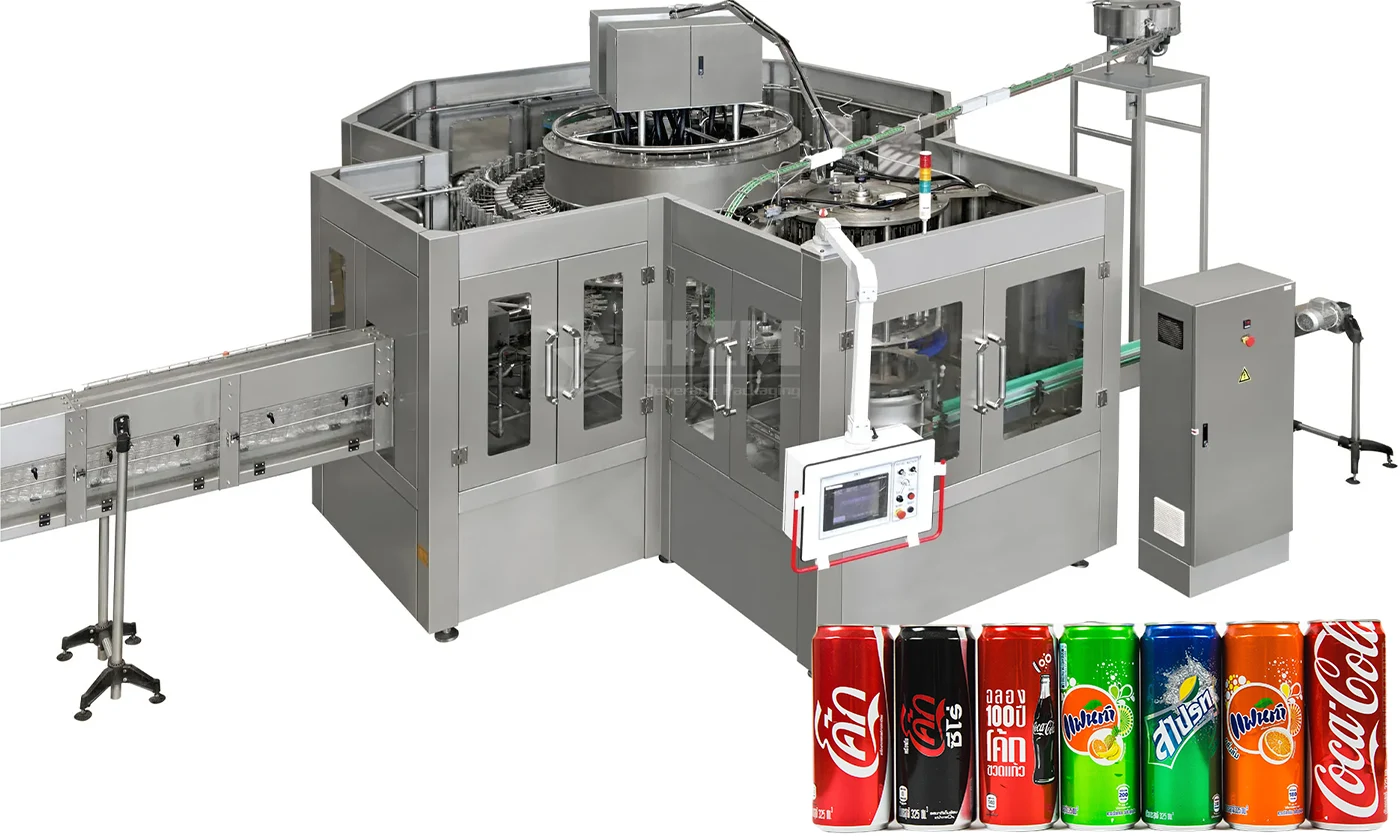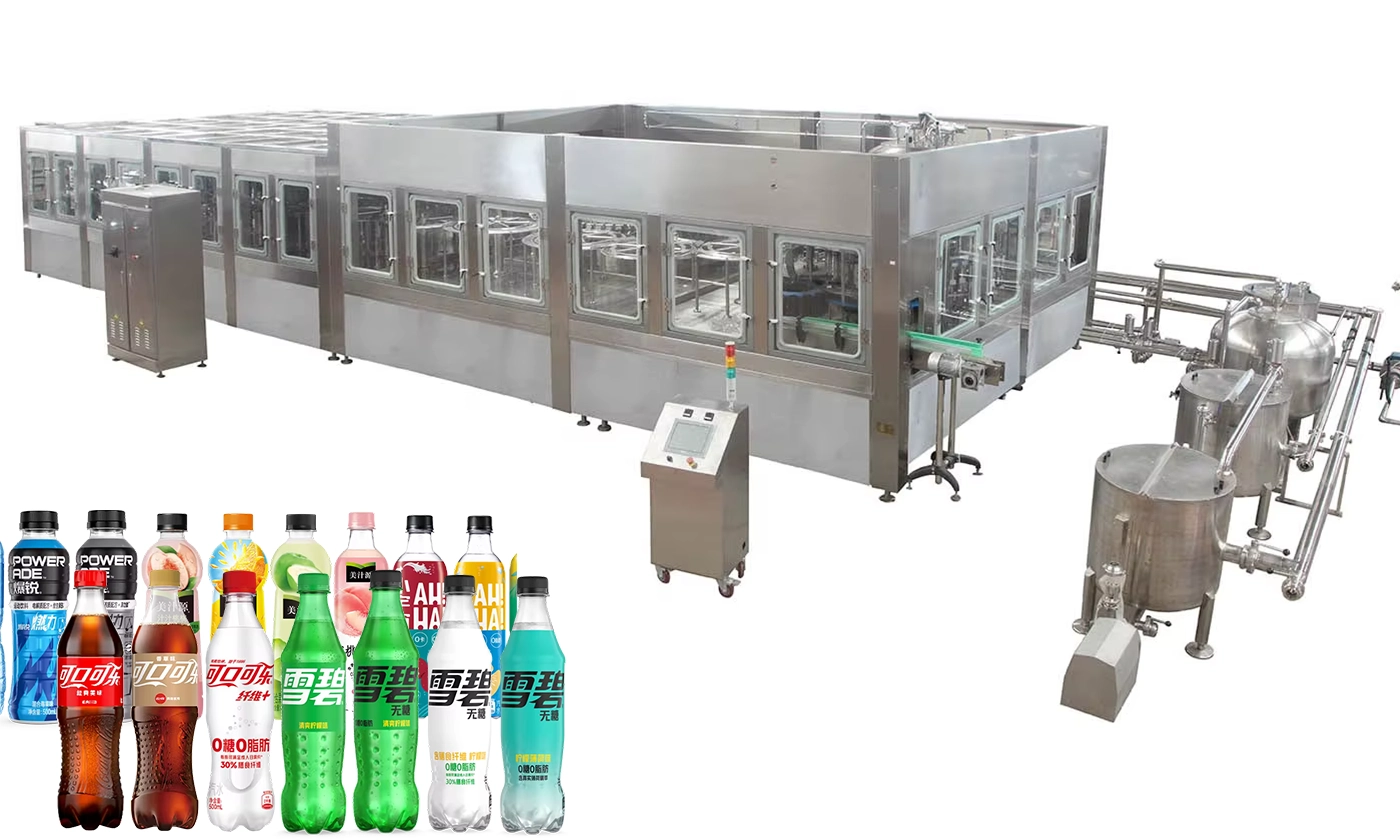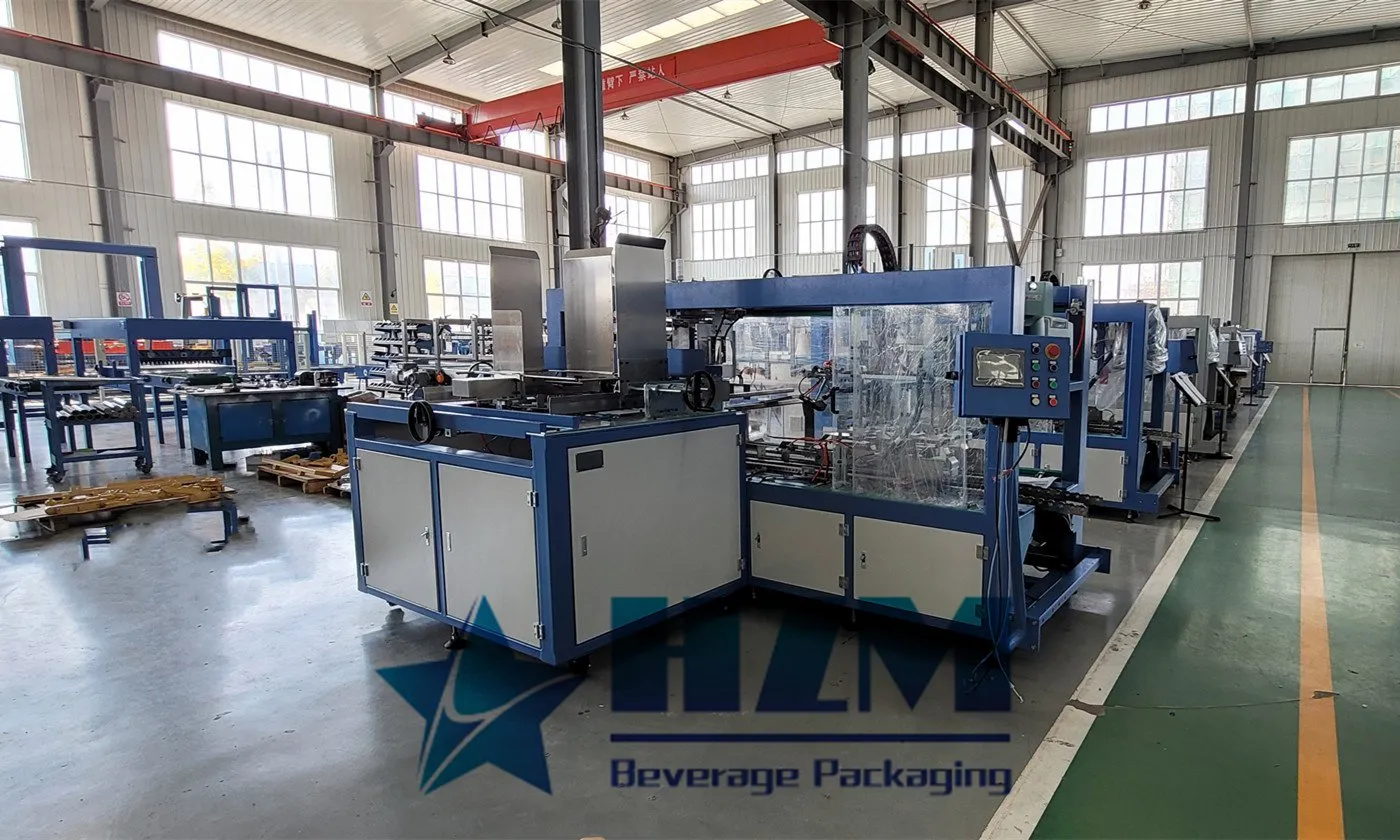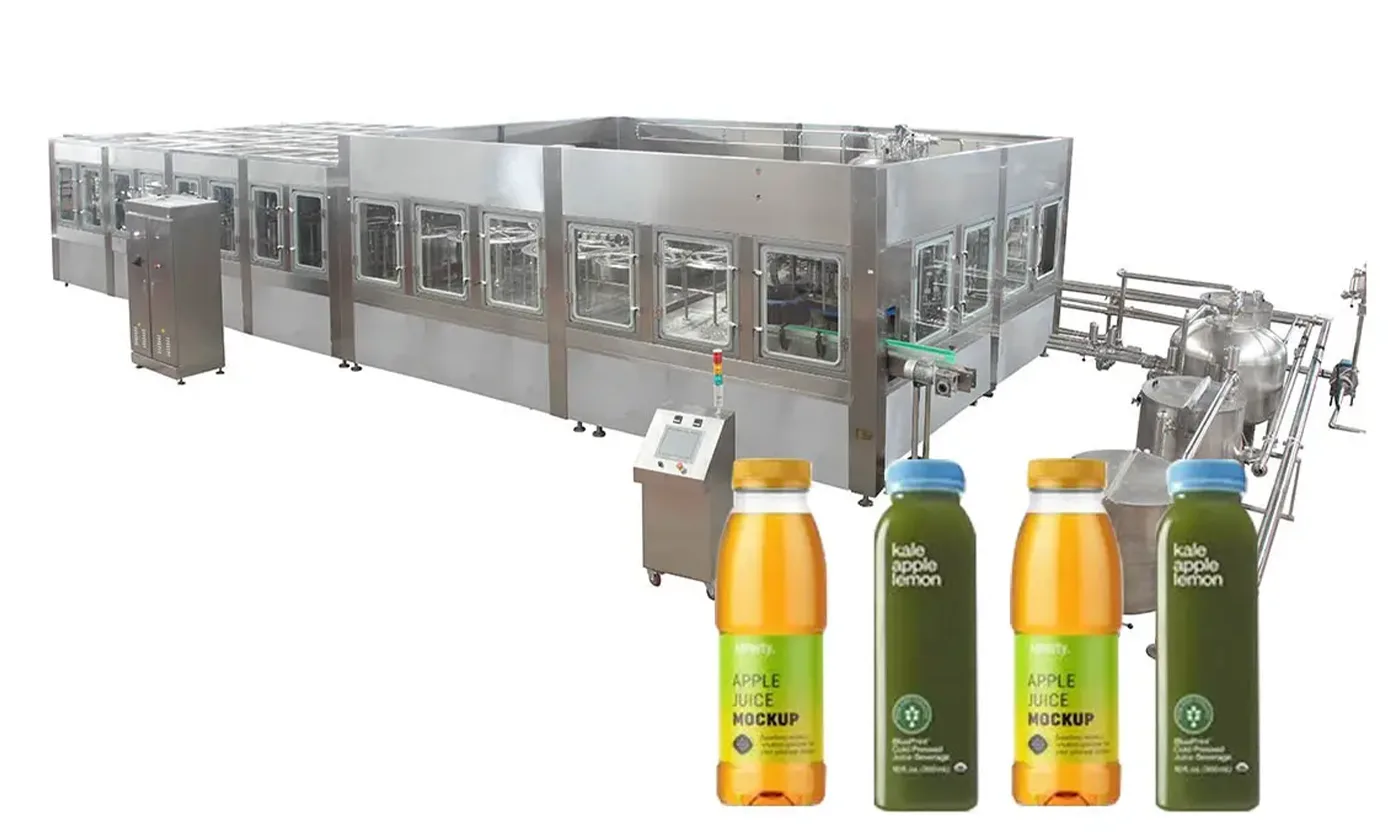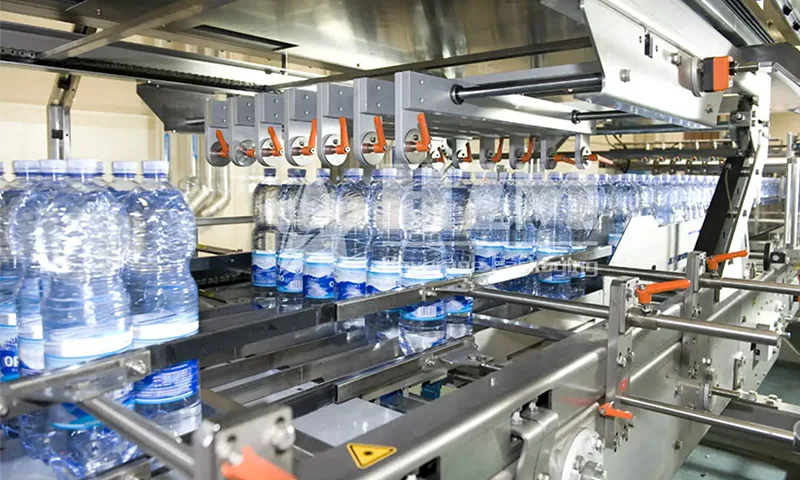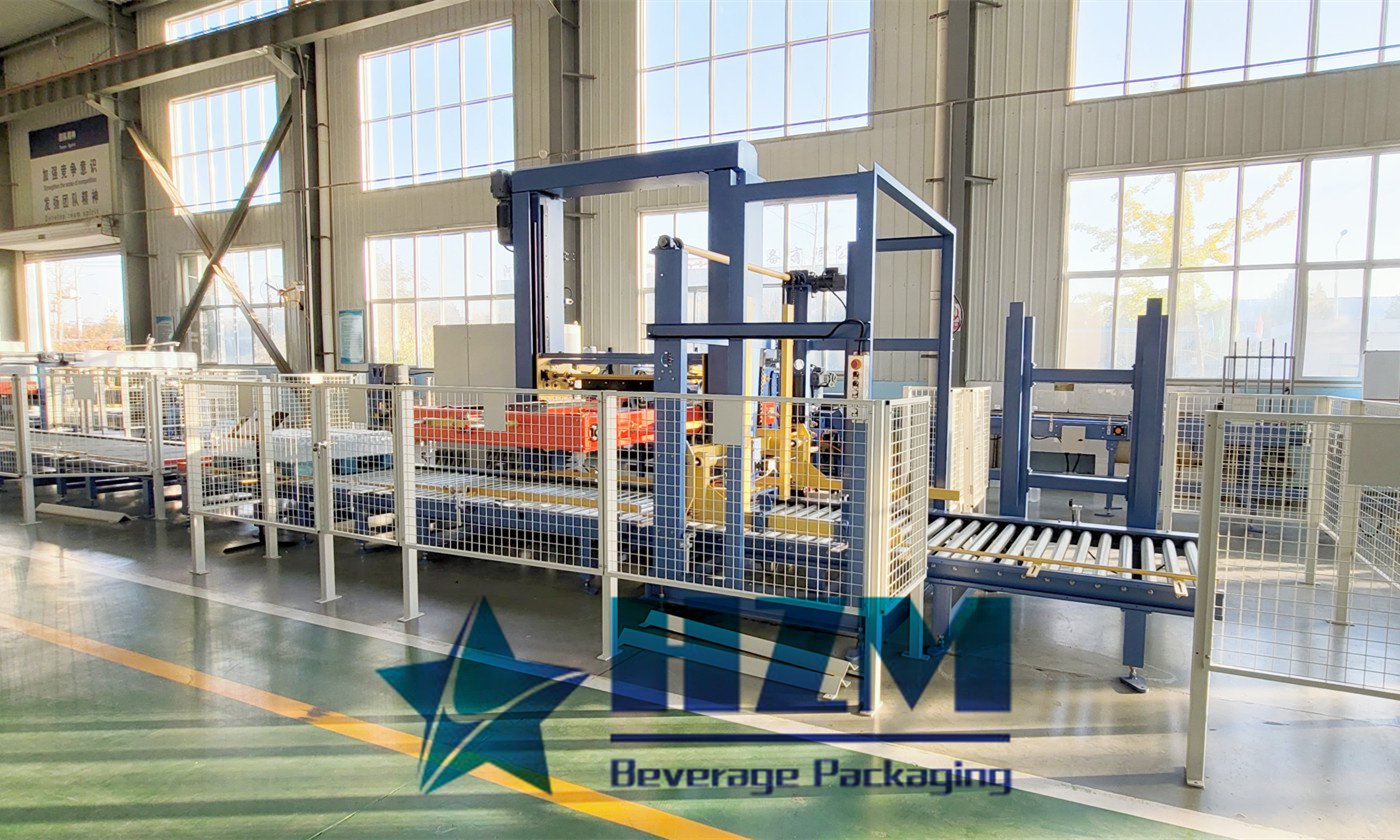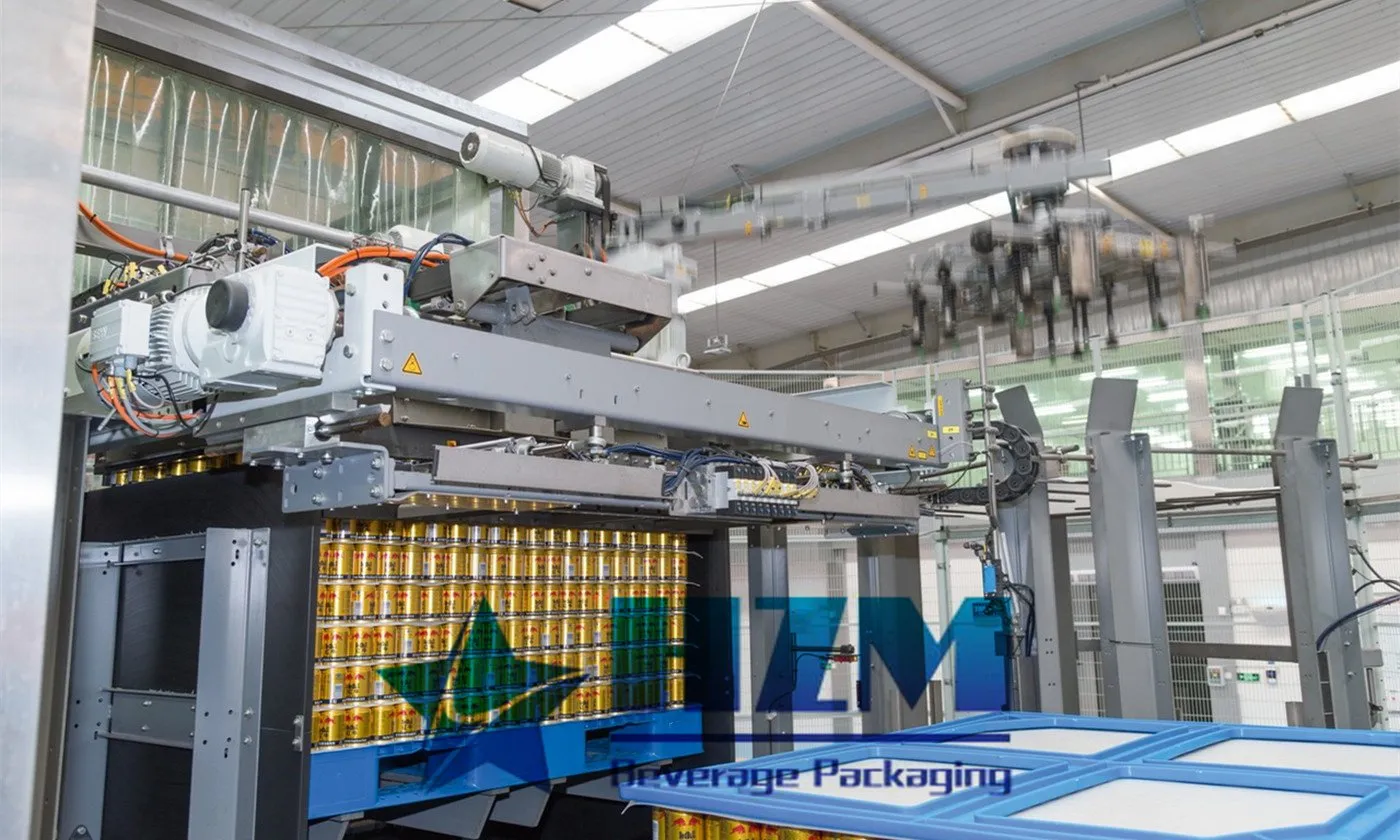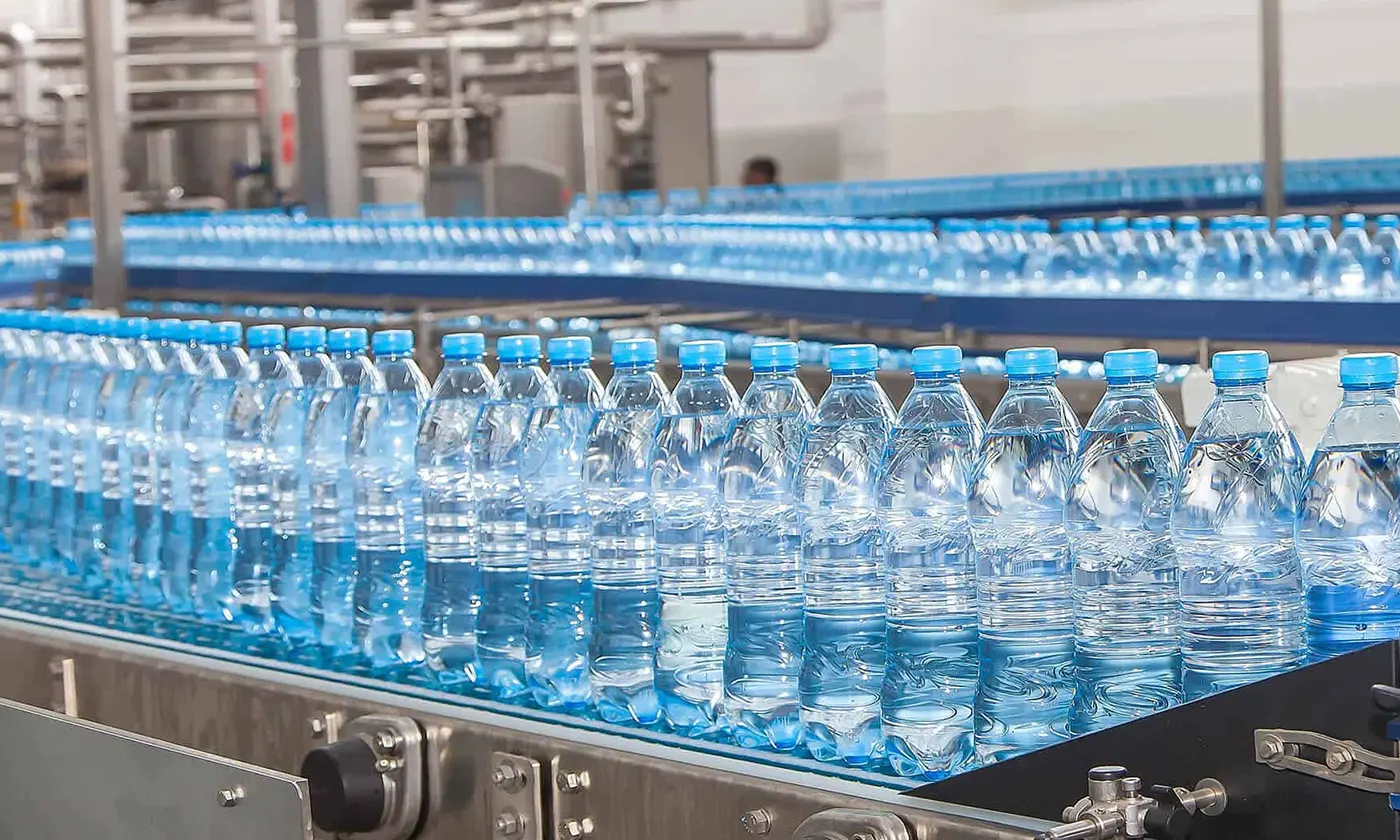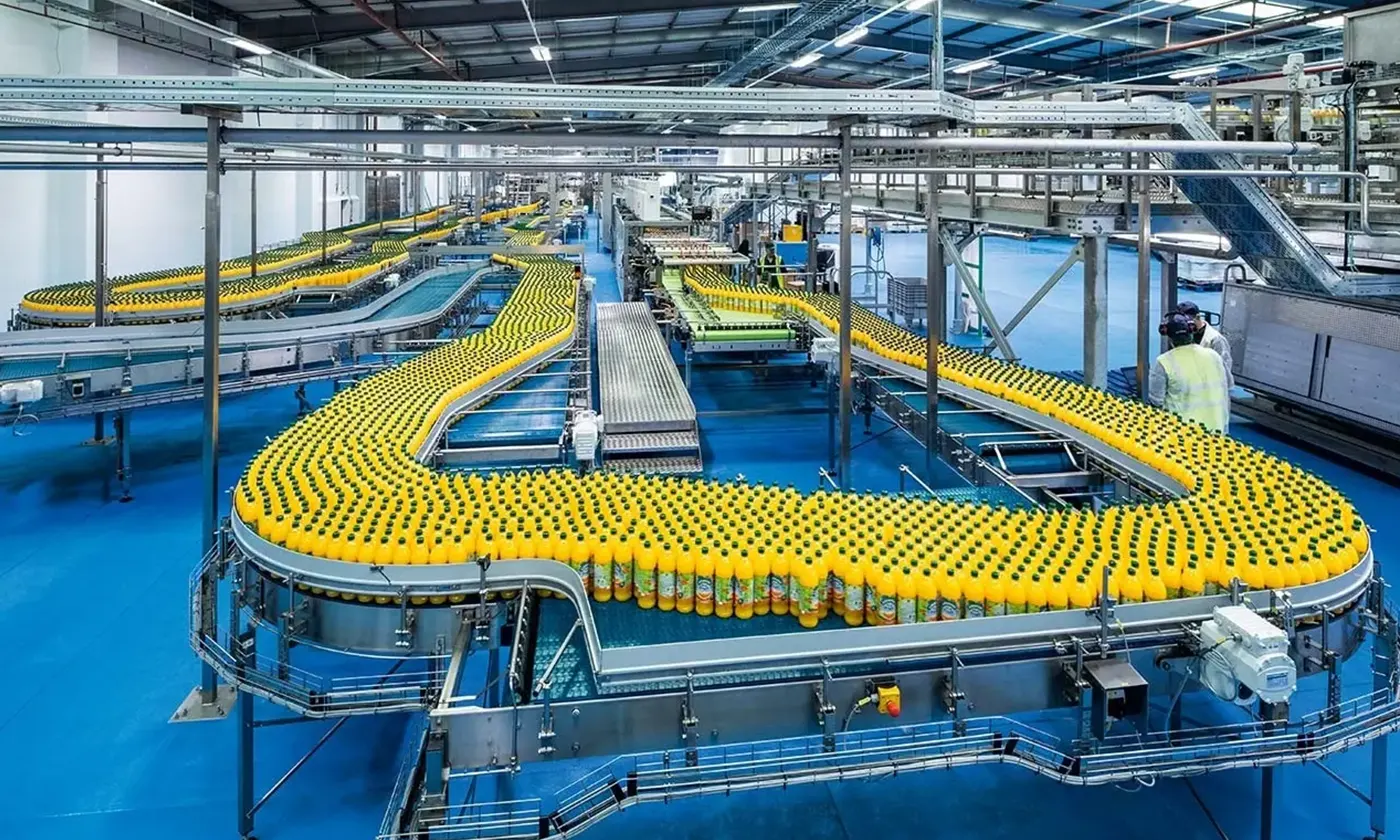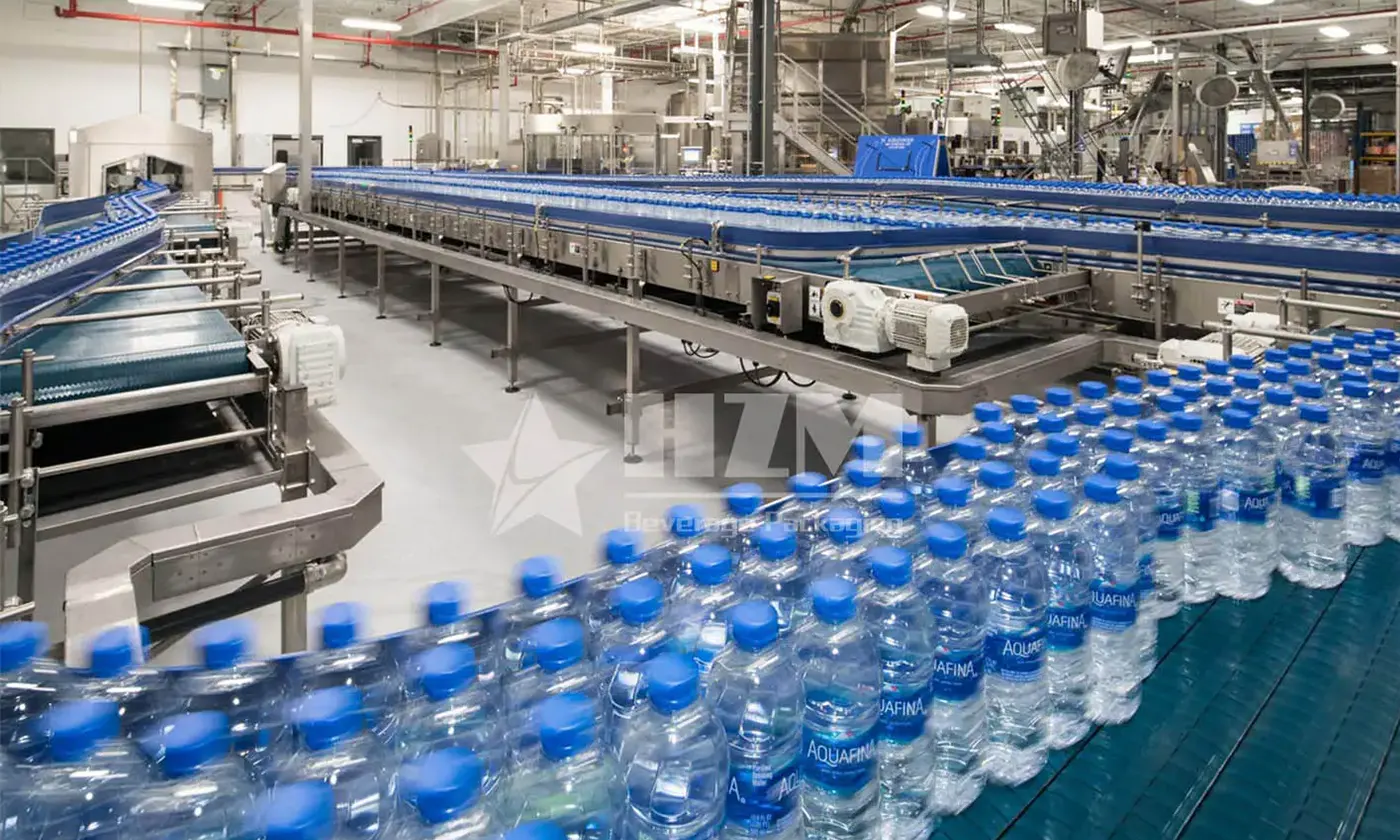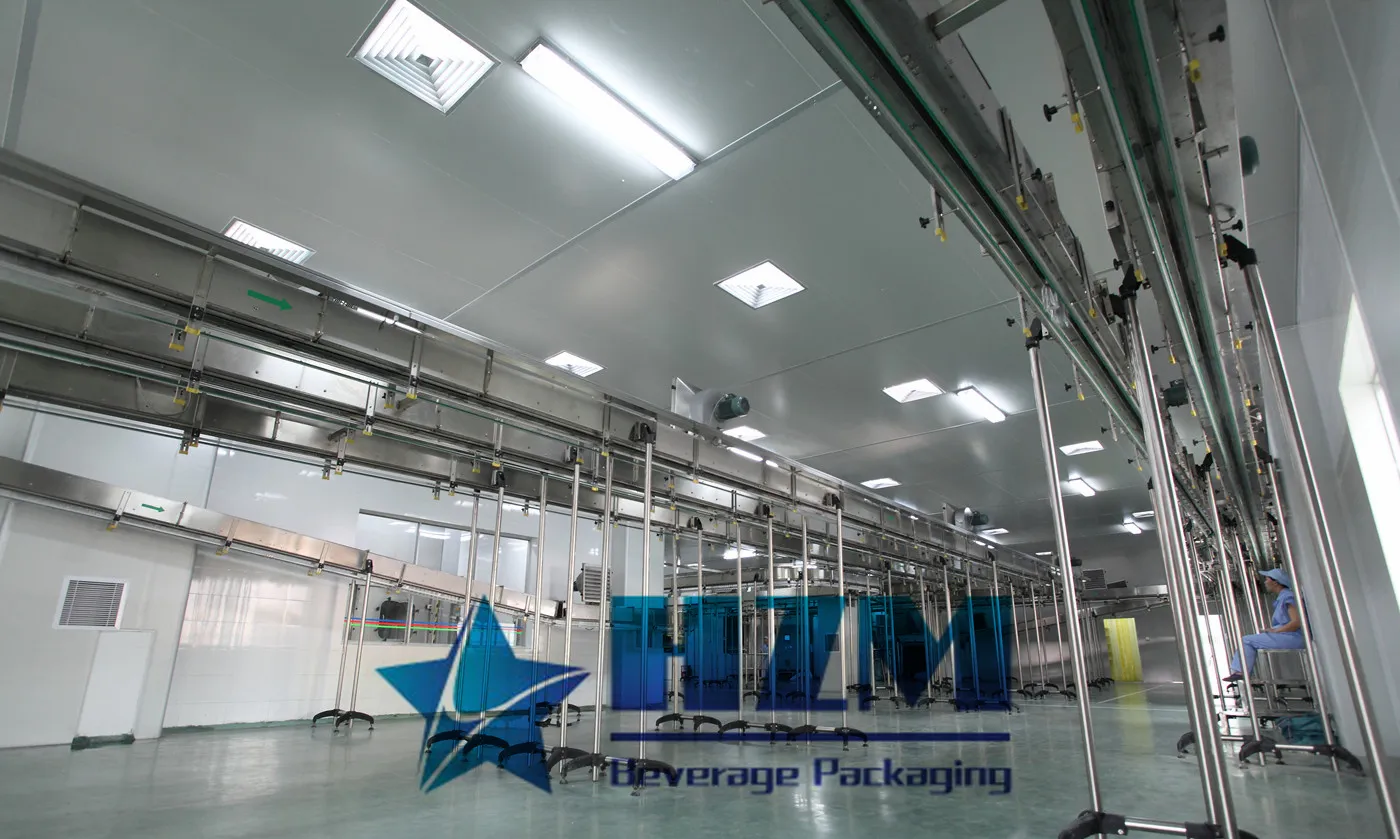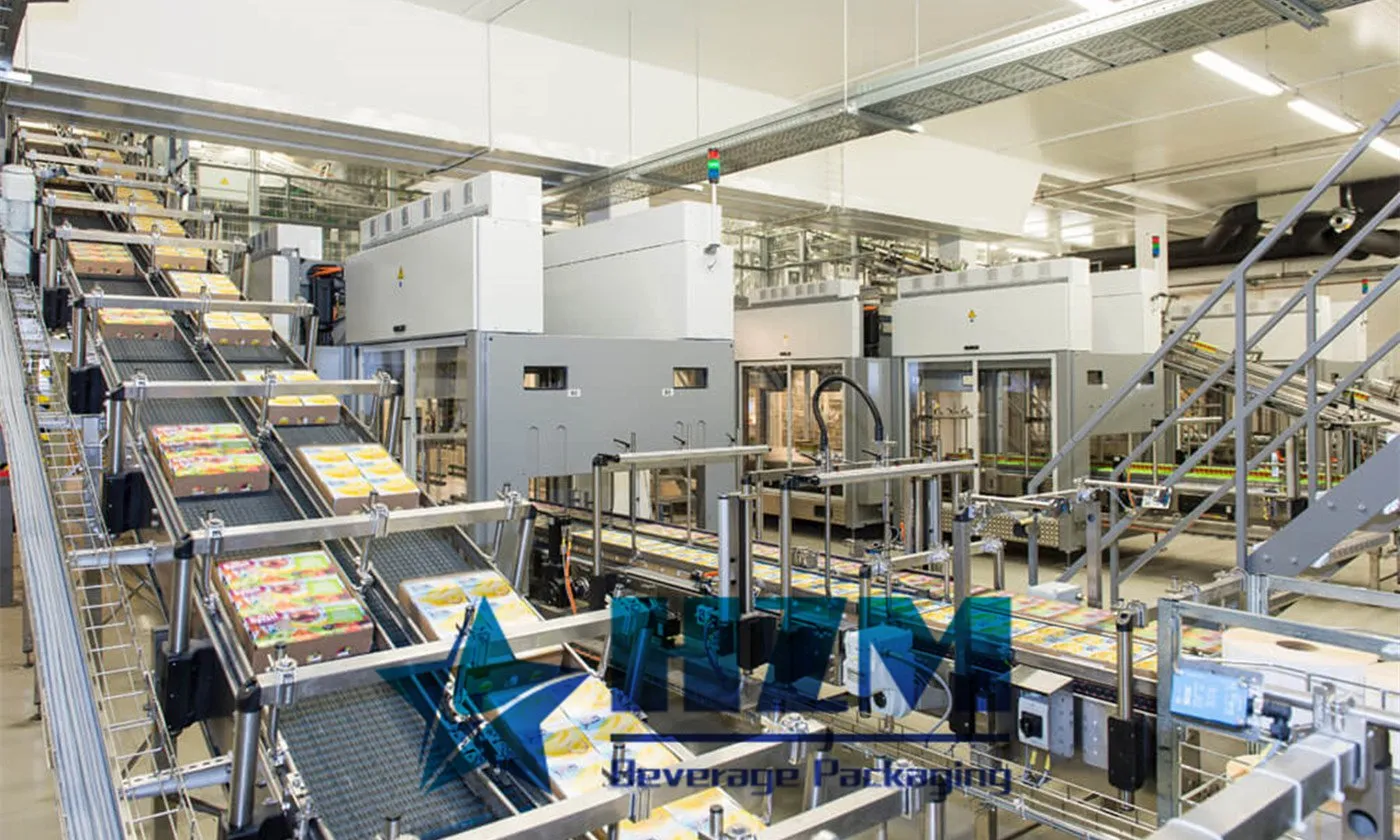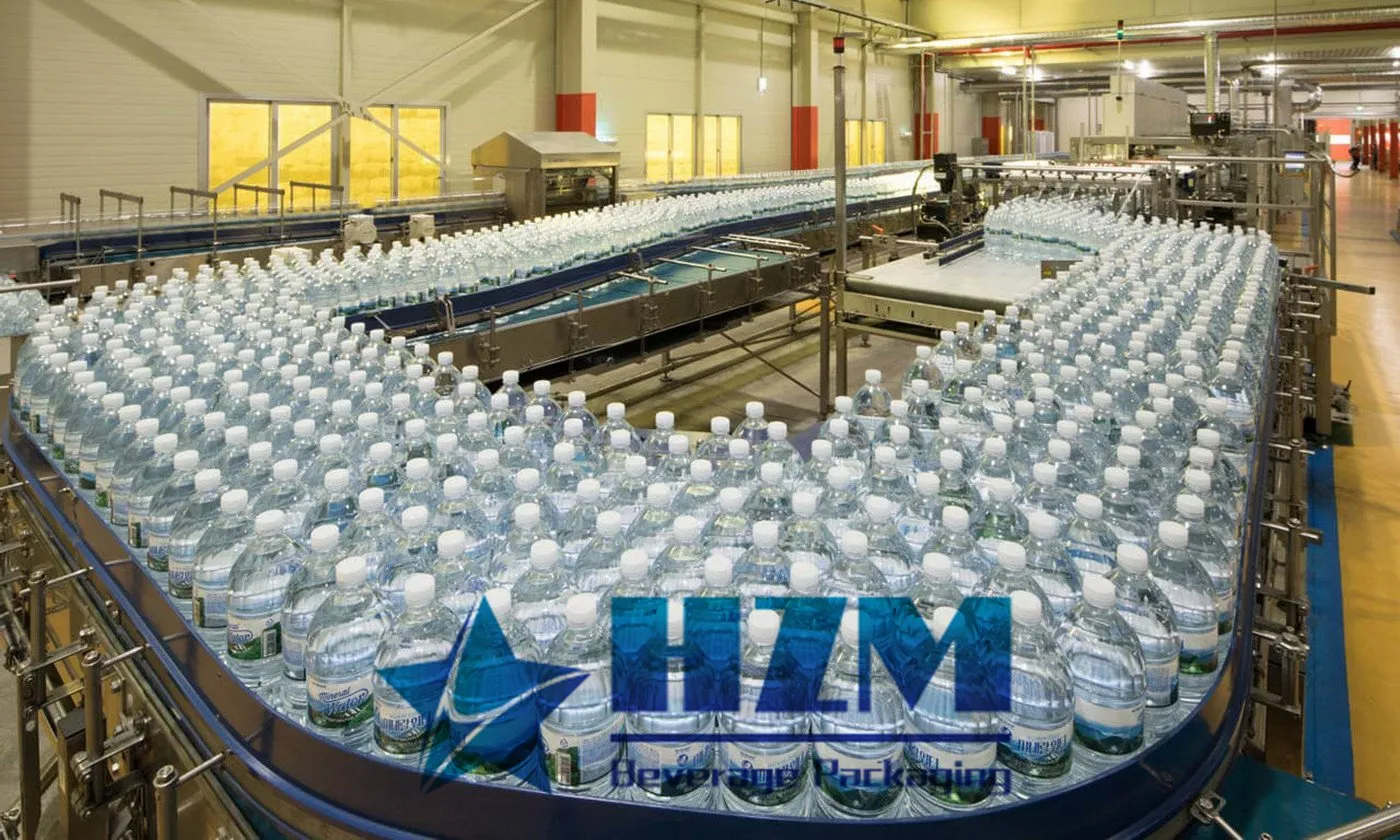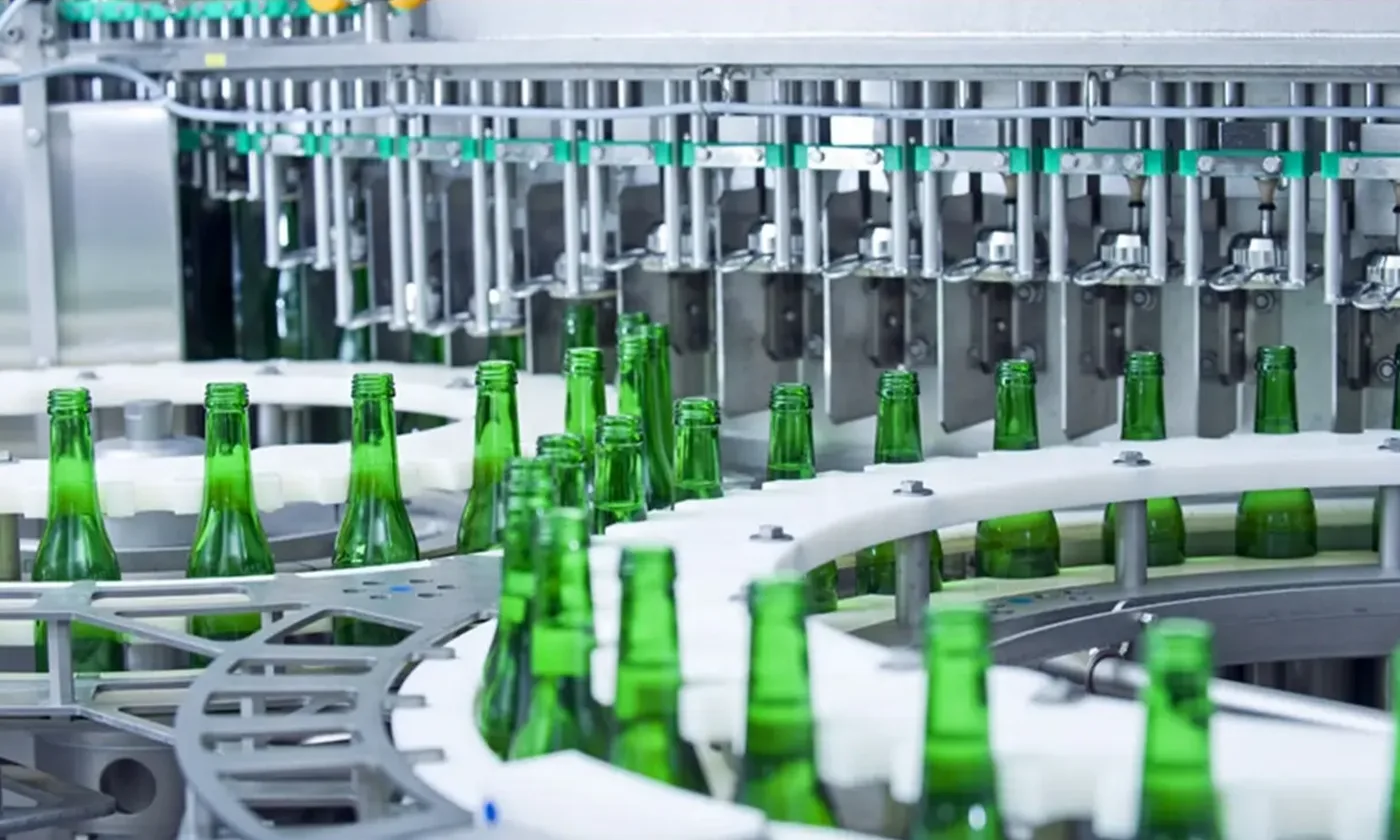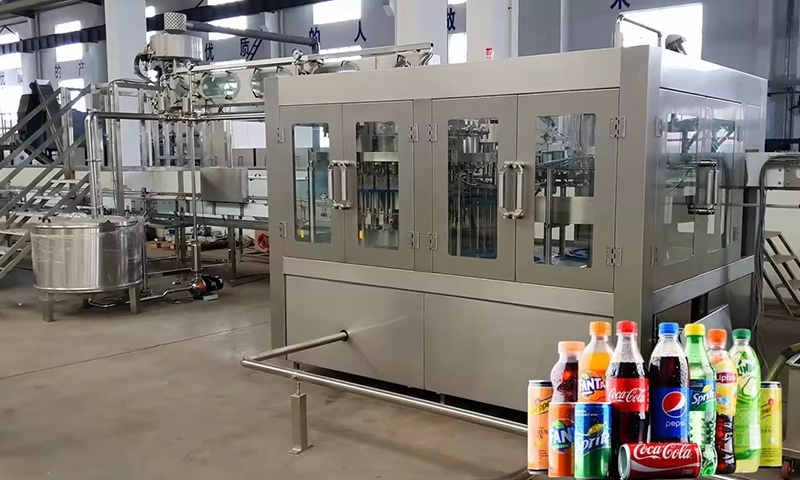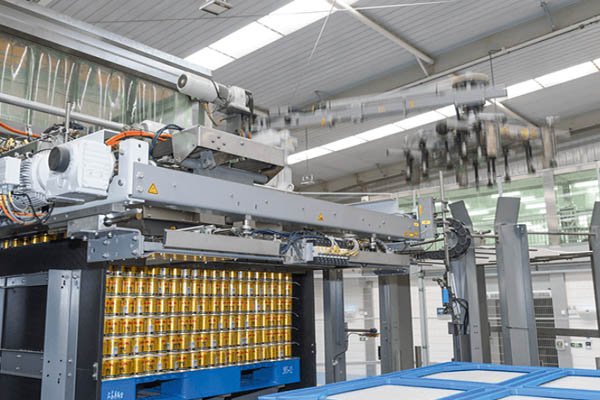
Top 5 Causes of Damage to Aluminum Cans on the Cans Filling Line
Aluminum packaging has several positive attributes. Aluminum containers can be recycled indefinitely. The manufacture of aluminum cans is very challenging and requires a lot of research, design and precision machining. Many people think that aluminum cans are the most advanced products in engineering in the world.
Despite the feat of modern engineering, processors have encountered problems that could be improved on the filling and packaging lines.
Running can filling lines is no different. No matter how many products are running, deceleration, stopping and damage will still cause losses. These same engineering marvels can easily be crushed and sunken in the side walls of the container.

The characteristics of aluminum containers
Lightweight and cost-effective aluminum cans and bottles are an increasingly popular choice for producers, but like any material, they are easily damaged. In the case of aluminum, it is more susceptible to dents, aesthetics, and crush damage.
Types of damage most common in aluminum cans during processing:
Denting & Pin-hole Damage
Label Degradation (including UPC)
Crush Damage
Aesthetic Damage
Improper Seal
When talking about this type of damage in can production line, one of our customers at Masitek is experiencing such high friction that the UPC code has been deleted and becomes unusable. Another business of a leading beer producer encountered pinholes and leaks in the canning business. Most packaging engineers I personally spoke to were aware of this damage. Identify and understand more challenging causes of damage.
Until technology innovations, smart in-line sensors, it was difficult to pinpoint high levels of Shock, Pressure and Vertical Load but now these forces can be pinpointed and equipment variable adjusted.
As a can filling machine, think about what conveyor, lubricant or calibration settings will reduce damage or increase efficiency.
TAG:
-
![Core Selling Points of Glass Bottle CSD Filling & Capping Line]()
Core Selling Points of Glass Bottle CSD Filling & Capping Line
-
![Customizable beverage filling system]()
Customizable beverage filling system
-
![Differences Between Hot Filling and Cold Filling in Beverage Filling Machines]()
Differences Between Hot Filling and Cold Filling in Beverage Filling Machines
-
![Selecting a Dedicated RO Reverse Osmosis Water Treatment System for a Purified Water Beverage Production Line]()
Selecting a Dedicated RO Reverse Osmosis Water Treatment System for a Purified Water Beverage Production Line
-
![How Fast Is the Labeling Speed of Tea Beverage Packaging Machines?]()
How Fast Is the Labeling Speed of Tea Beverage Packaging Machines?


